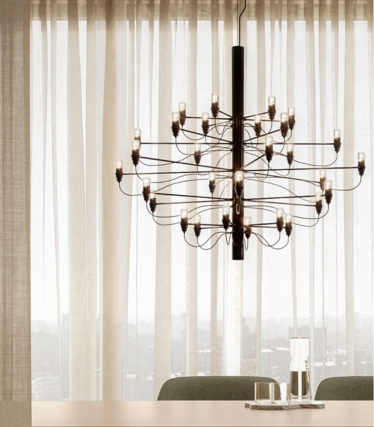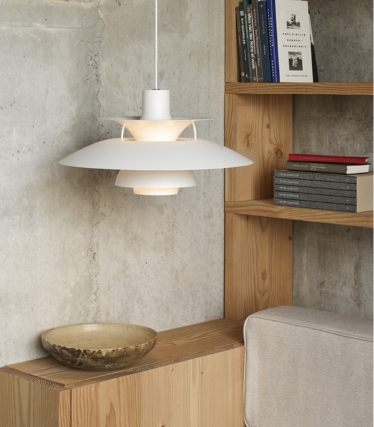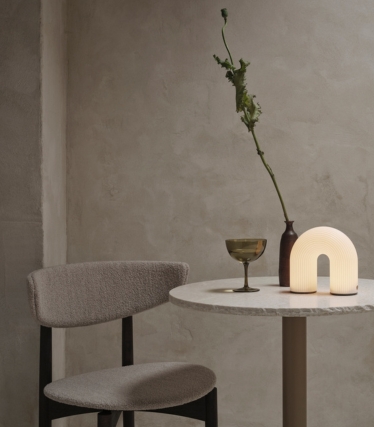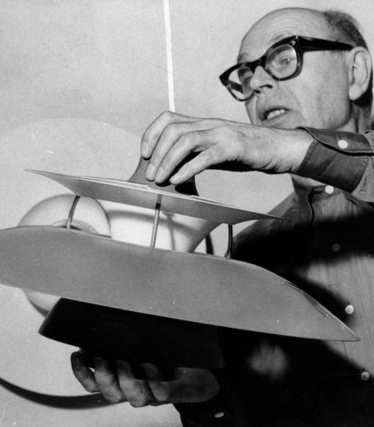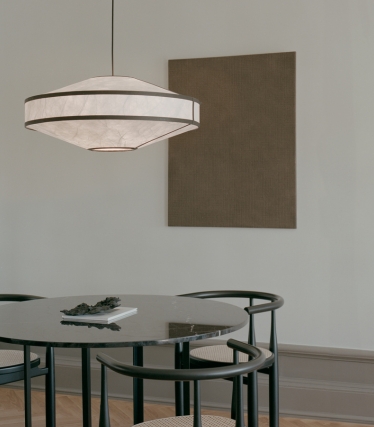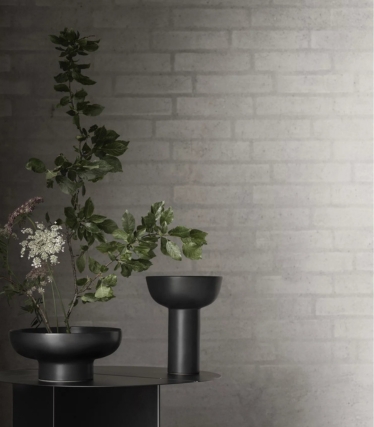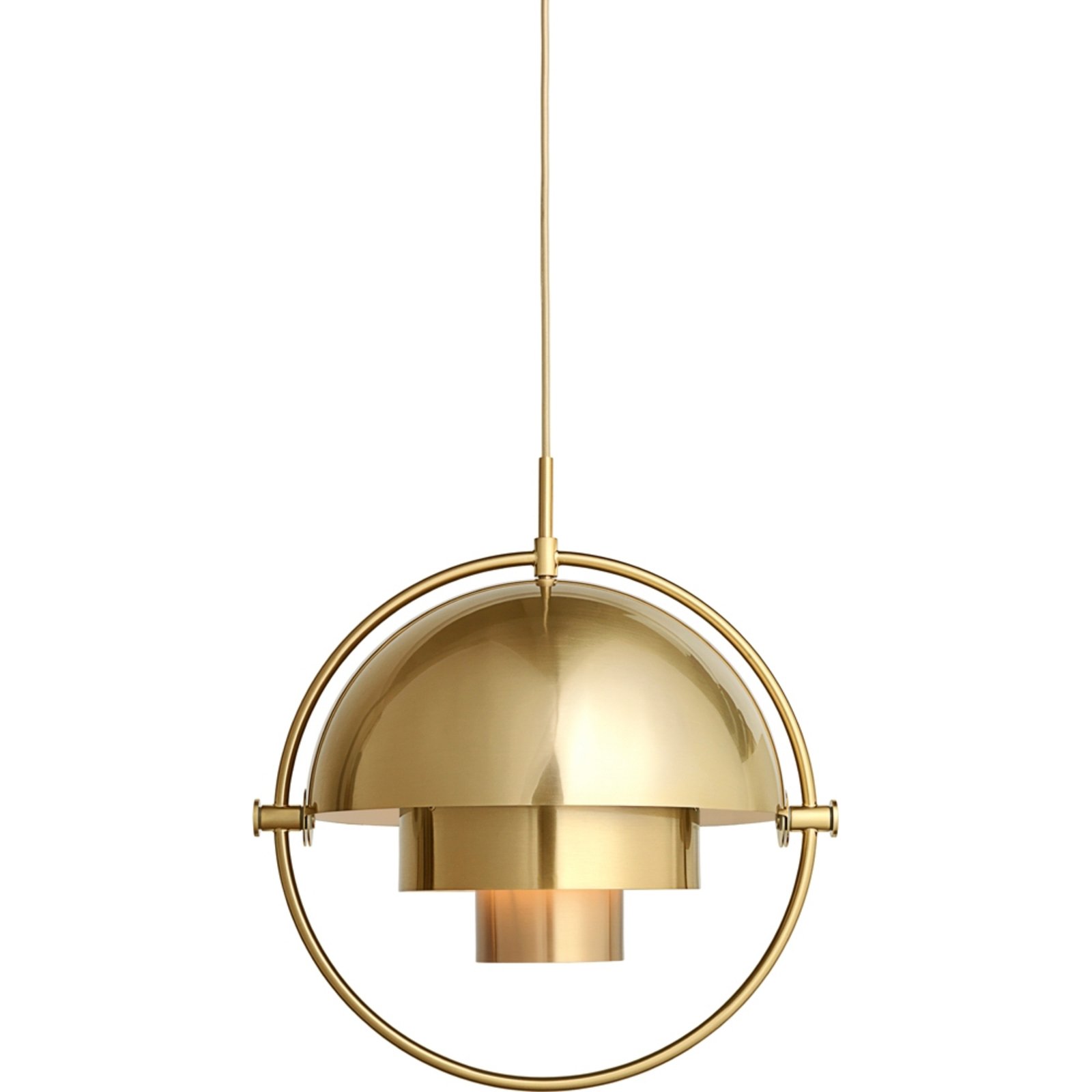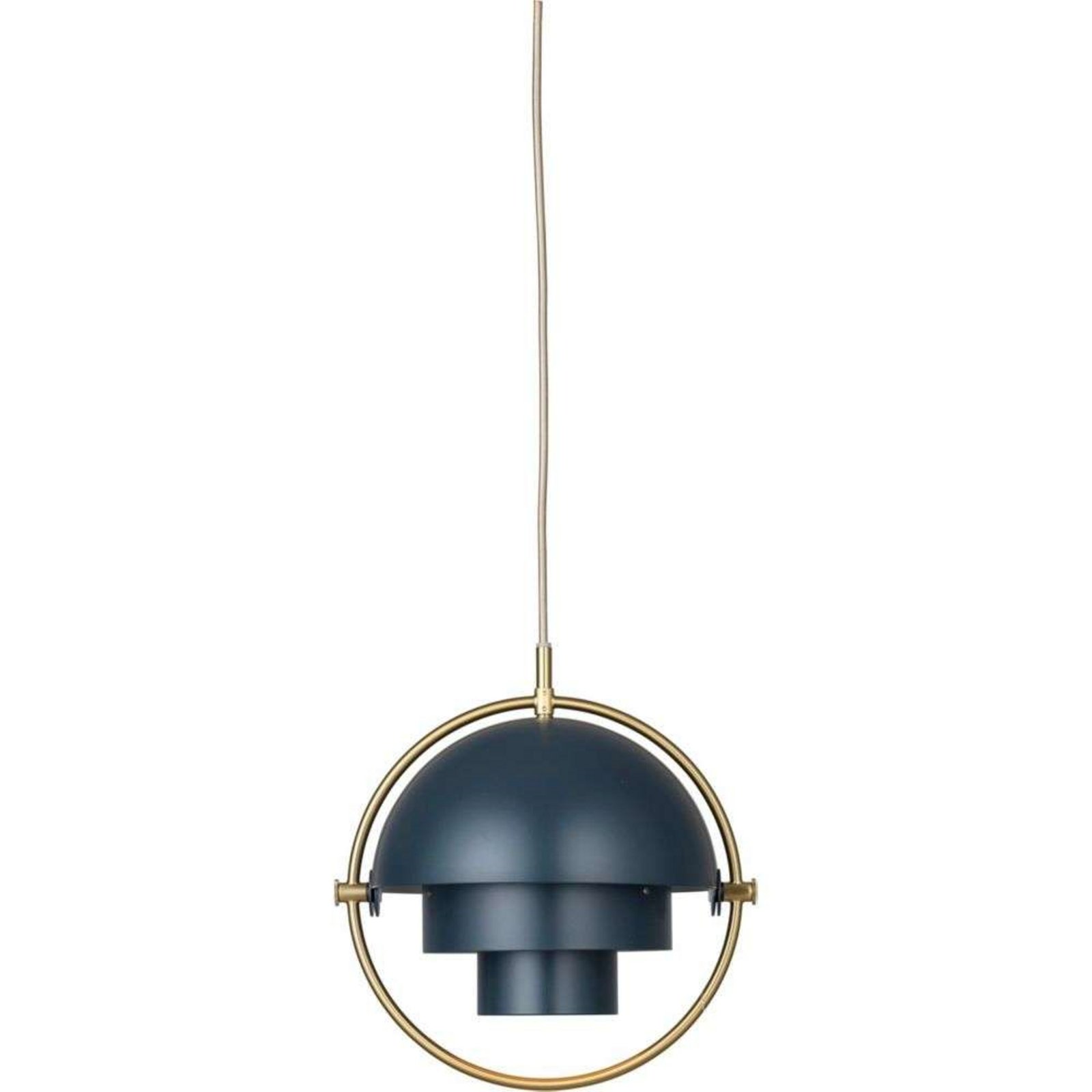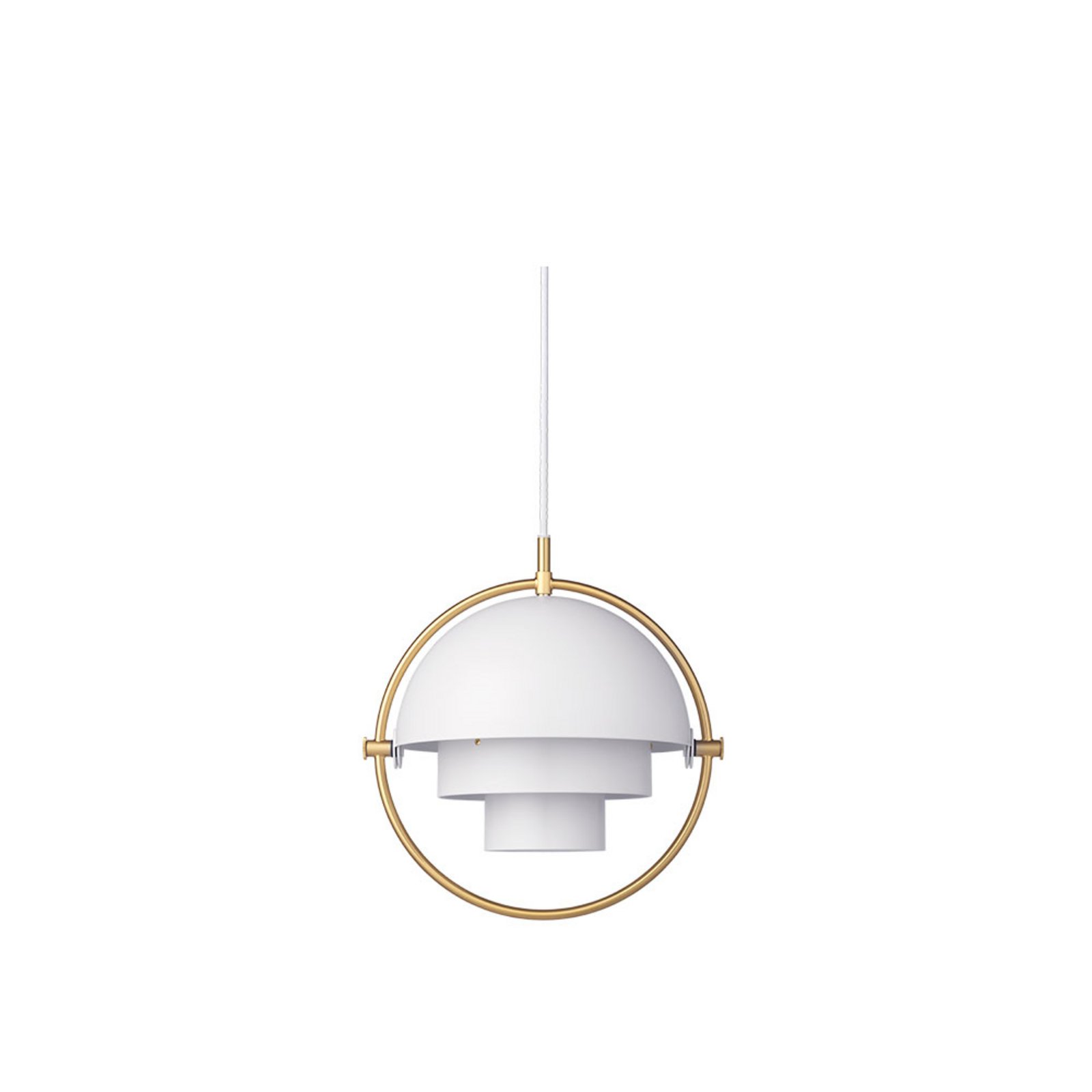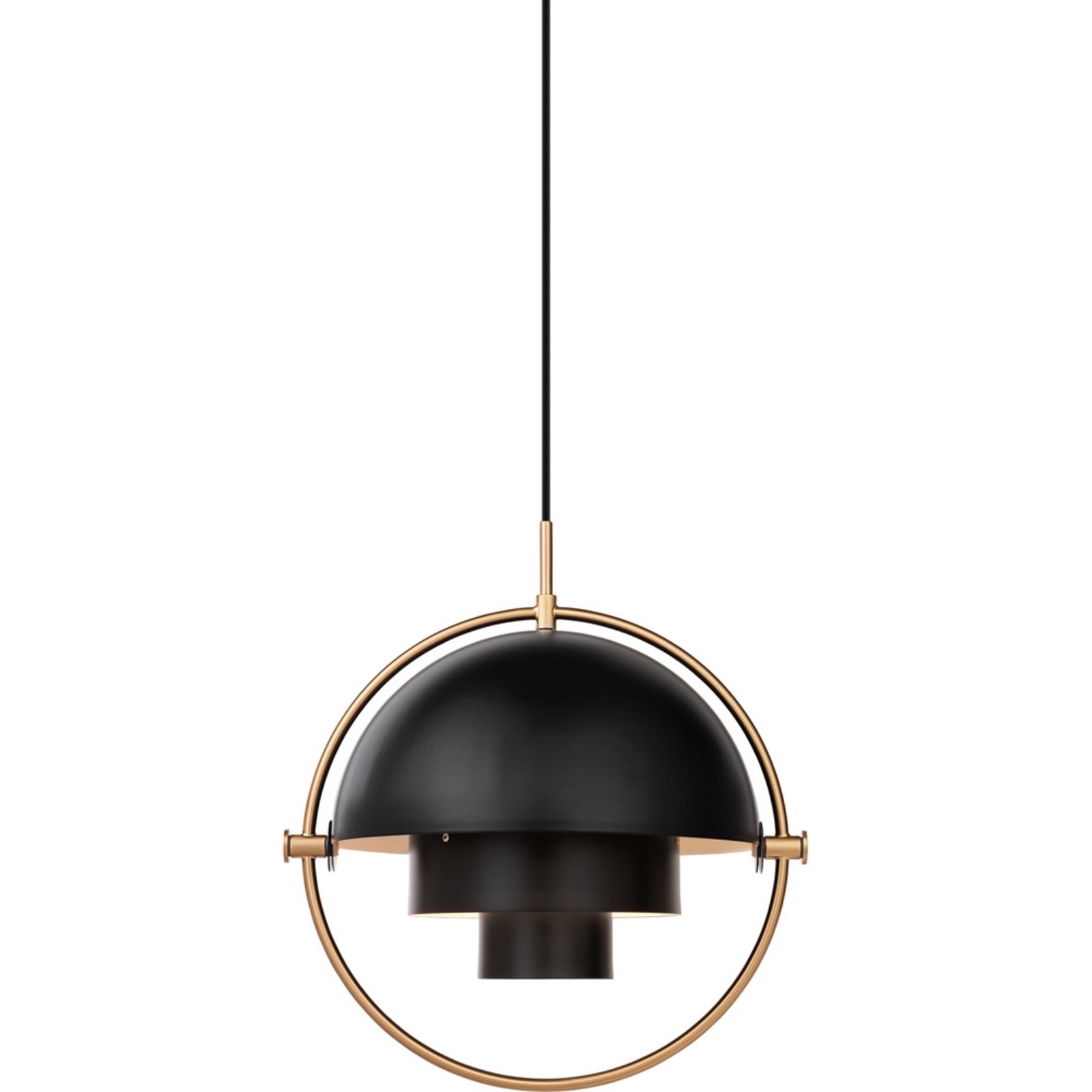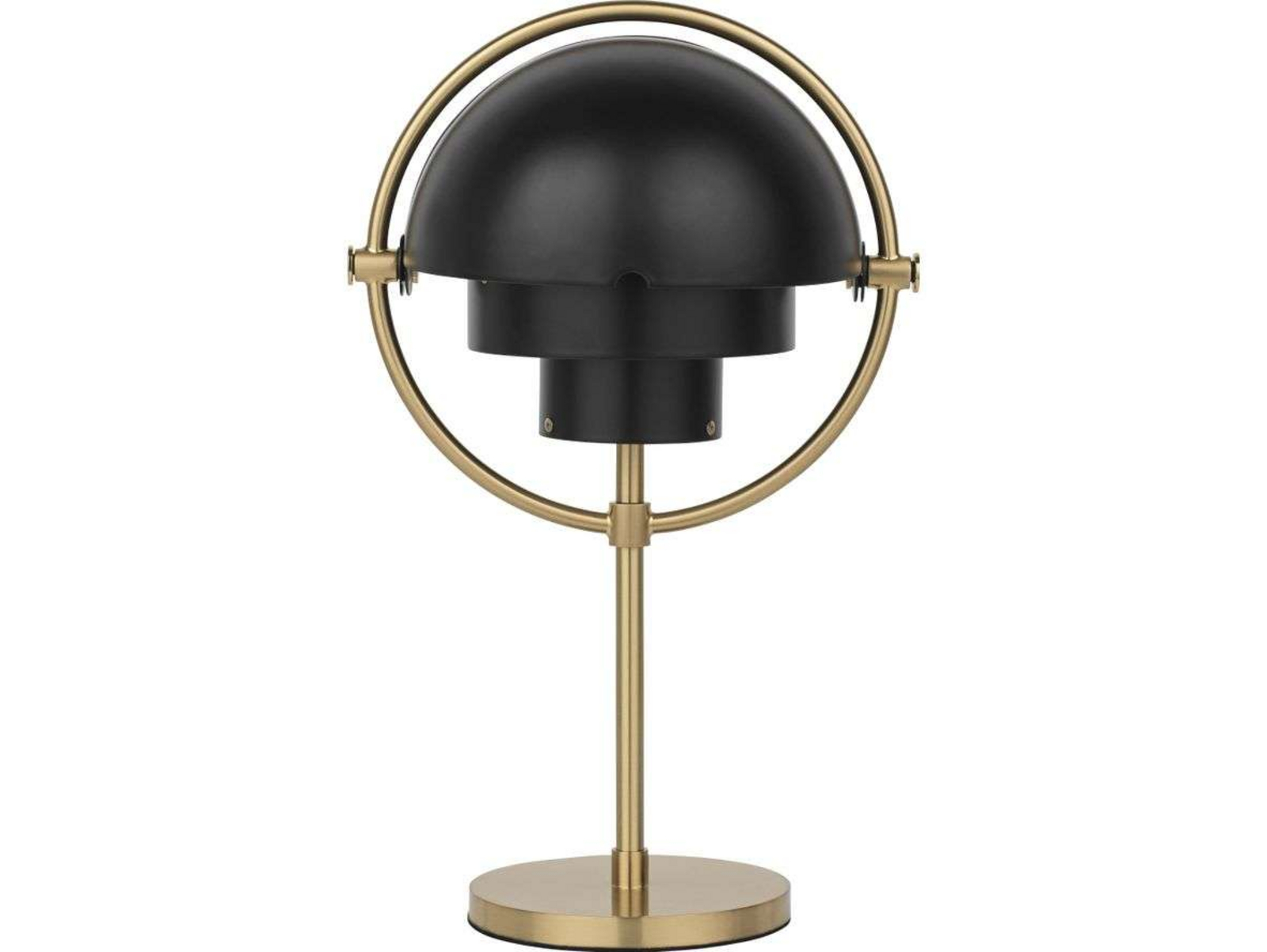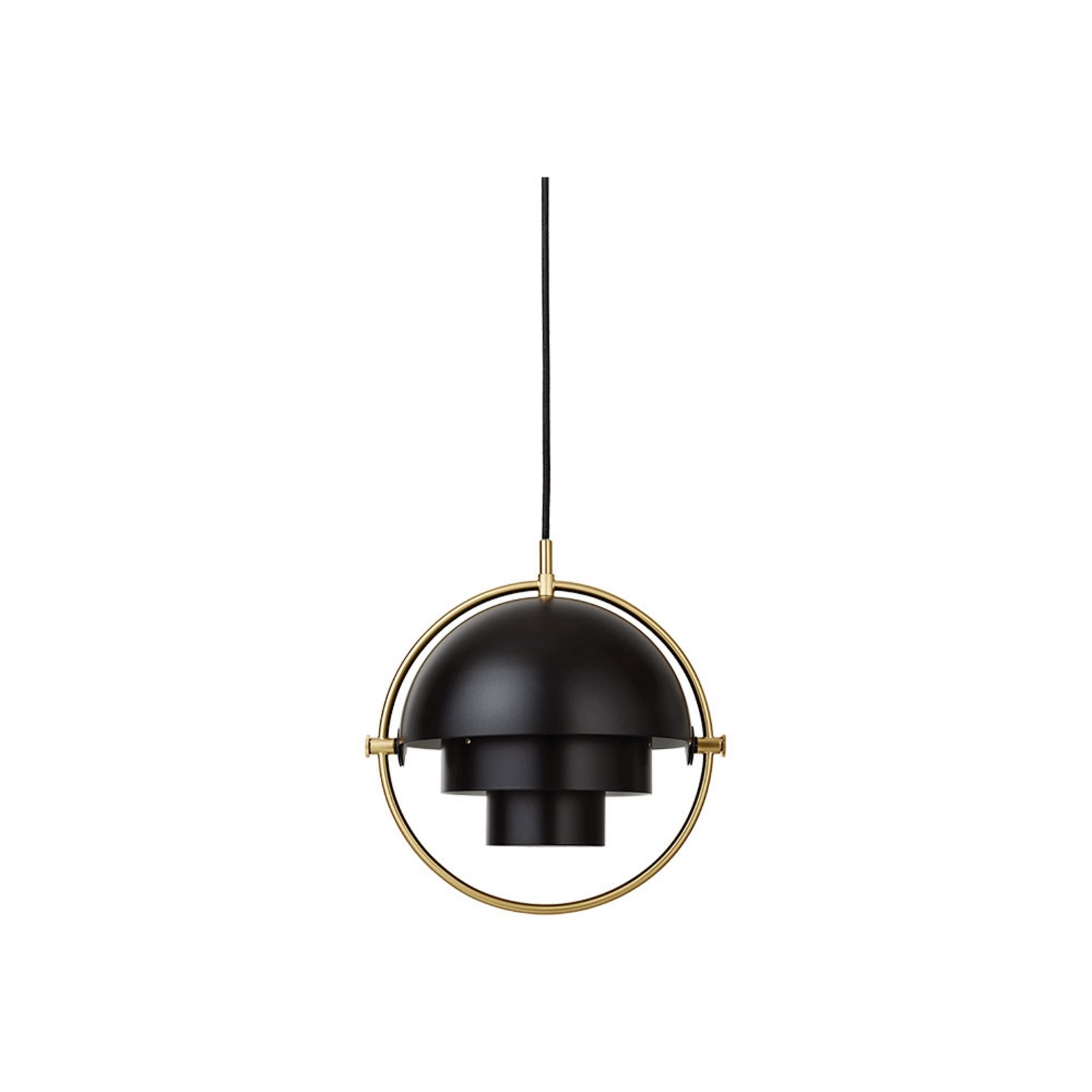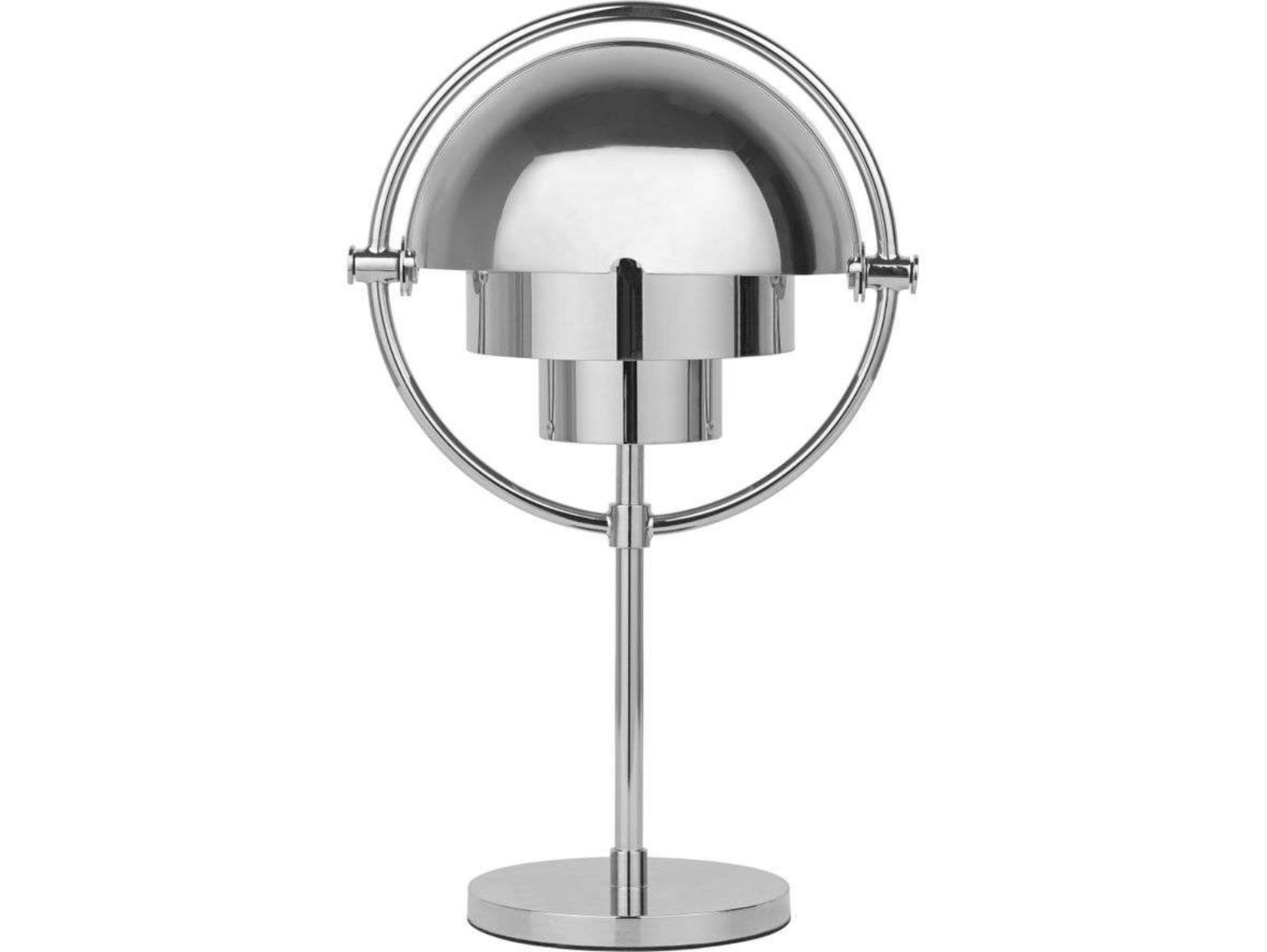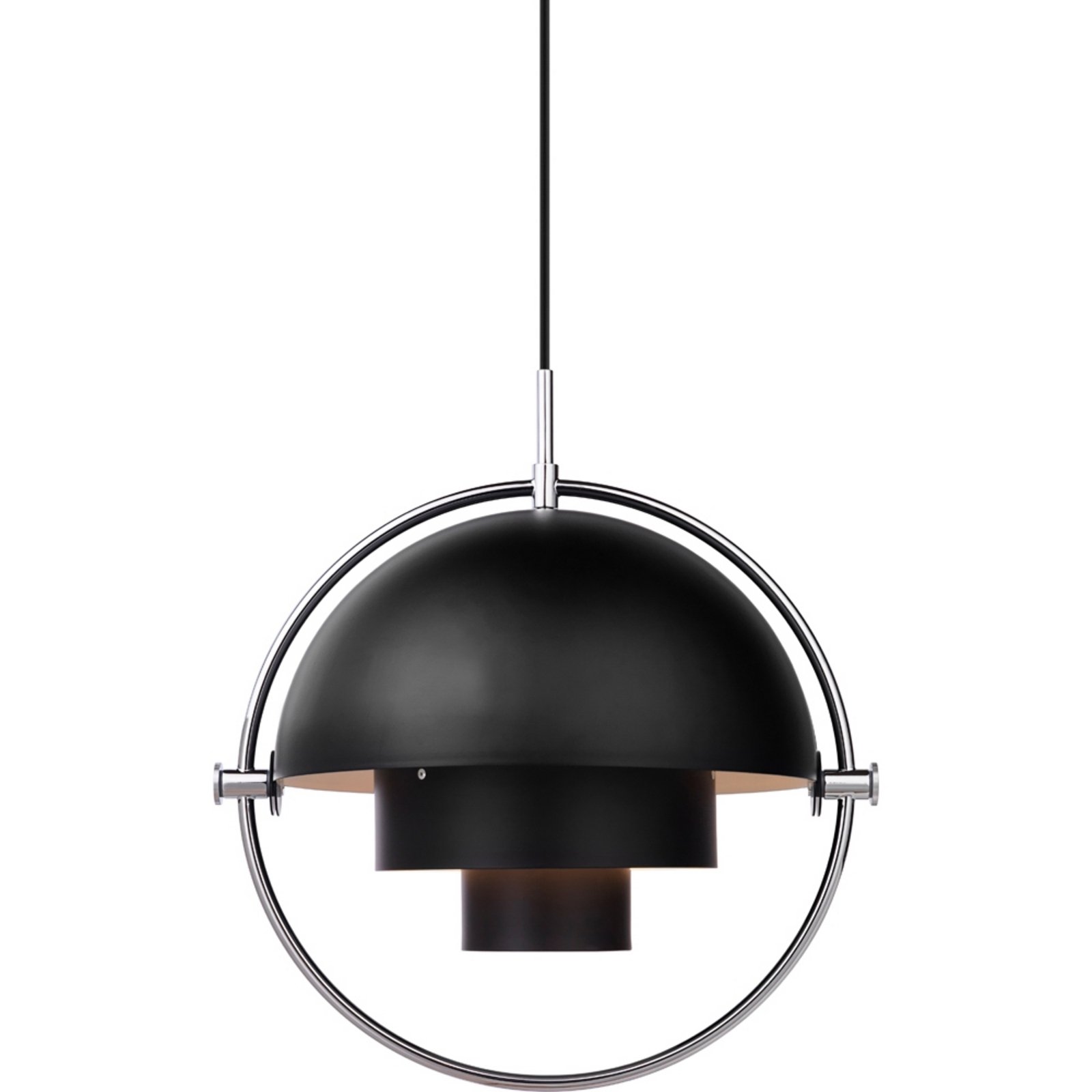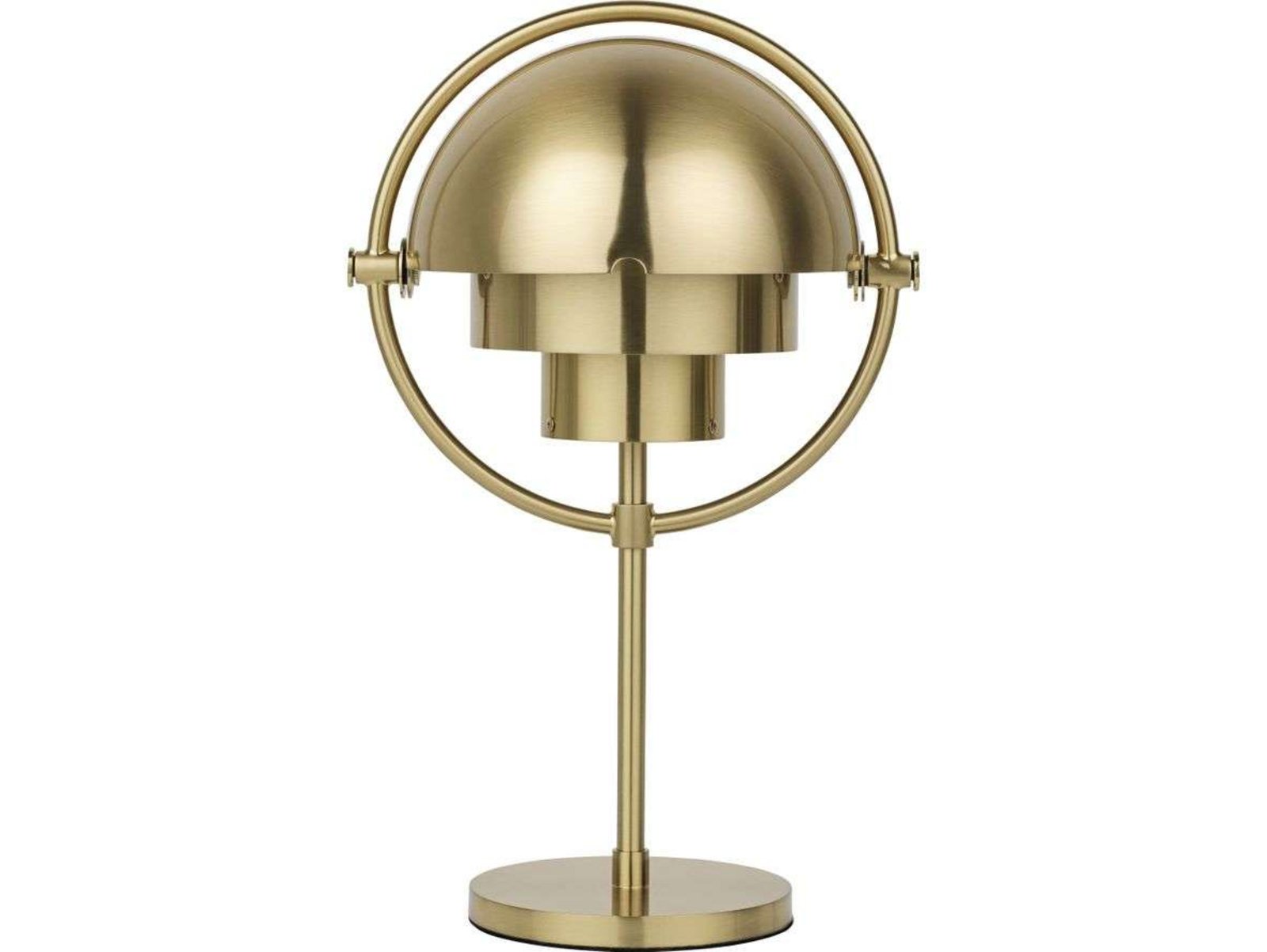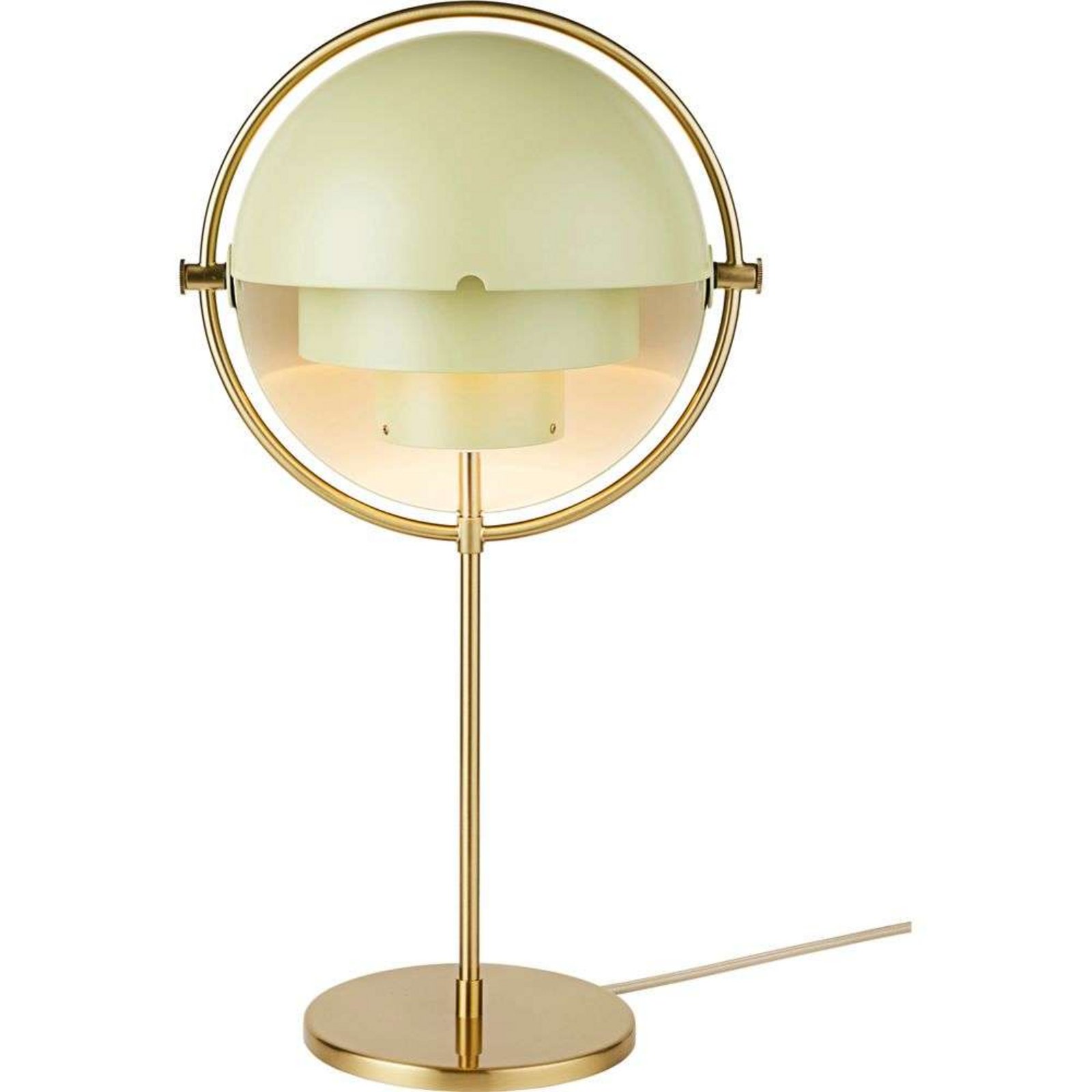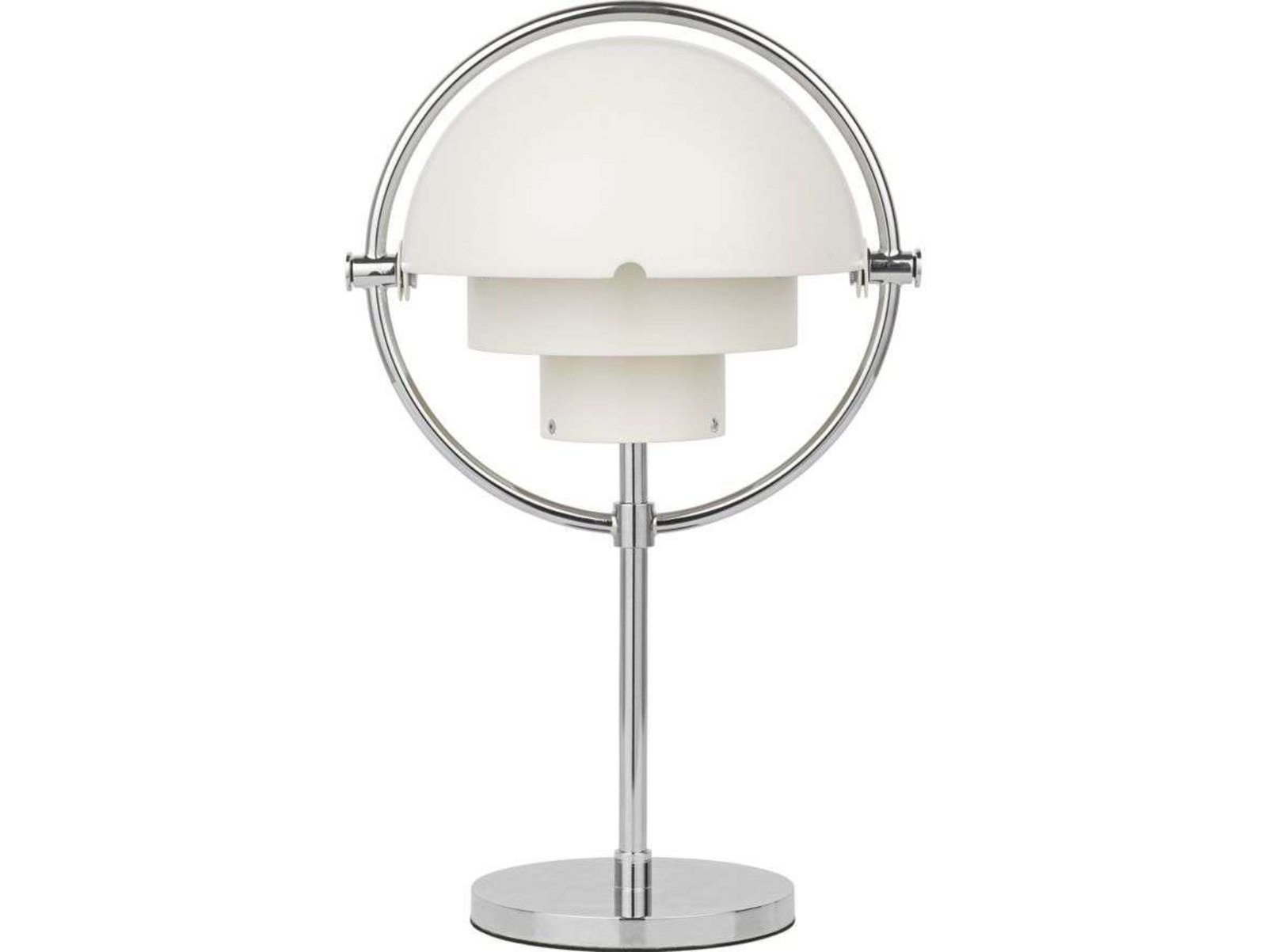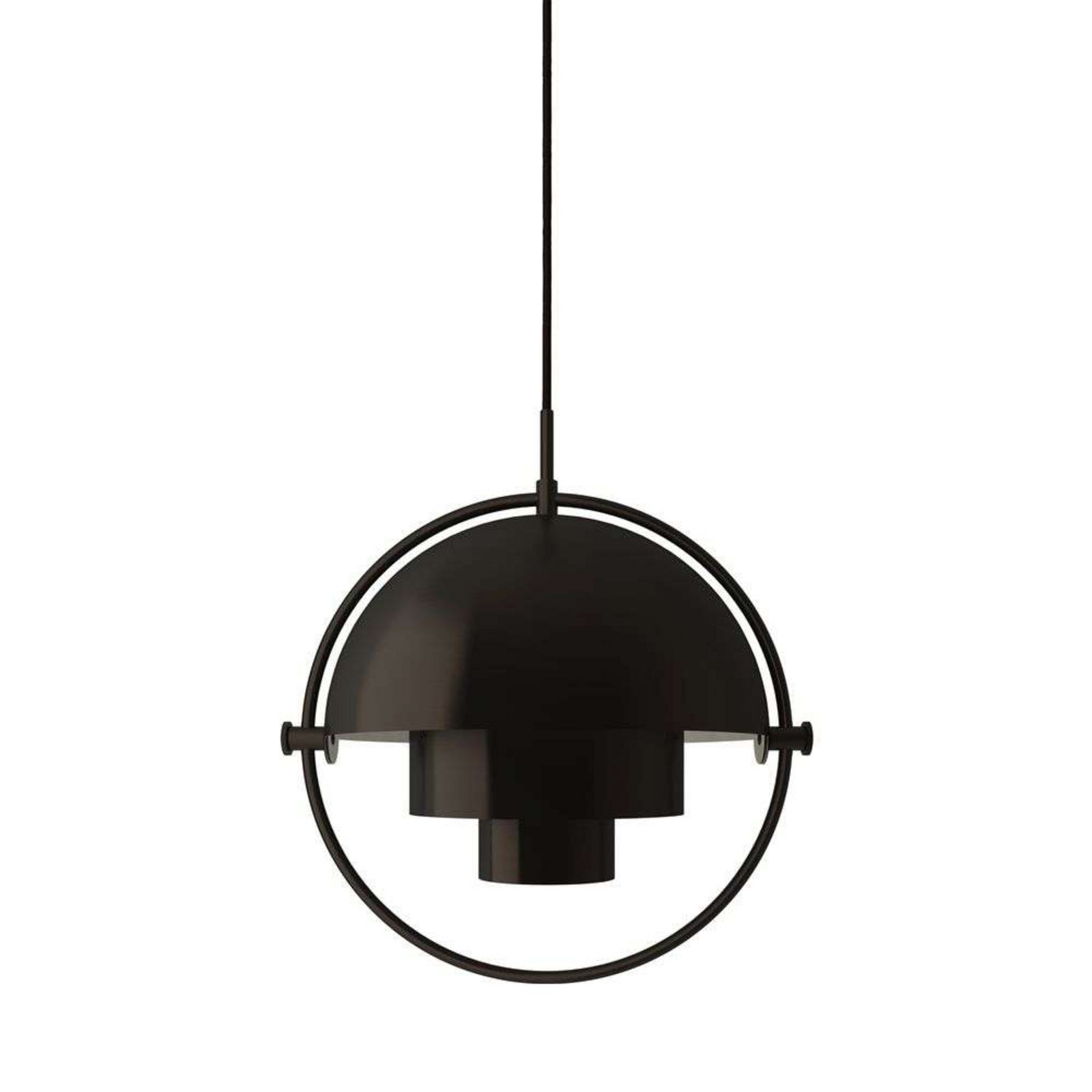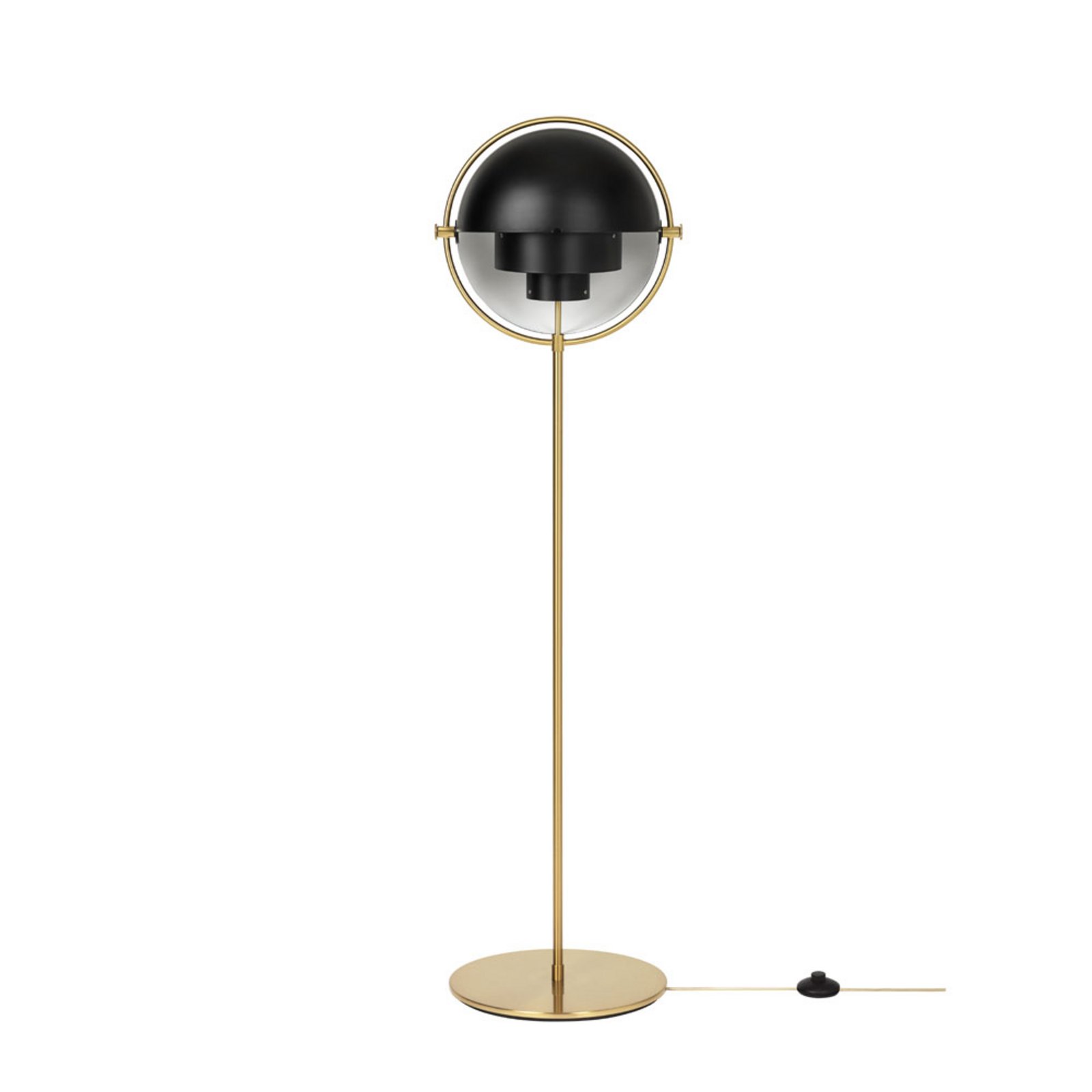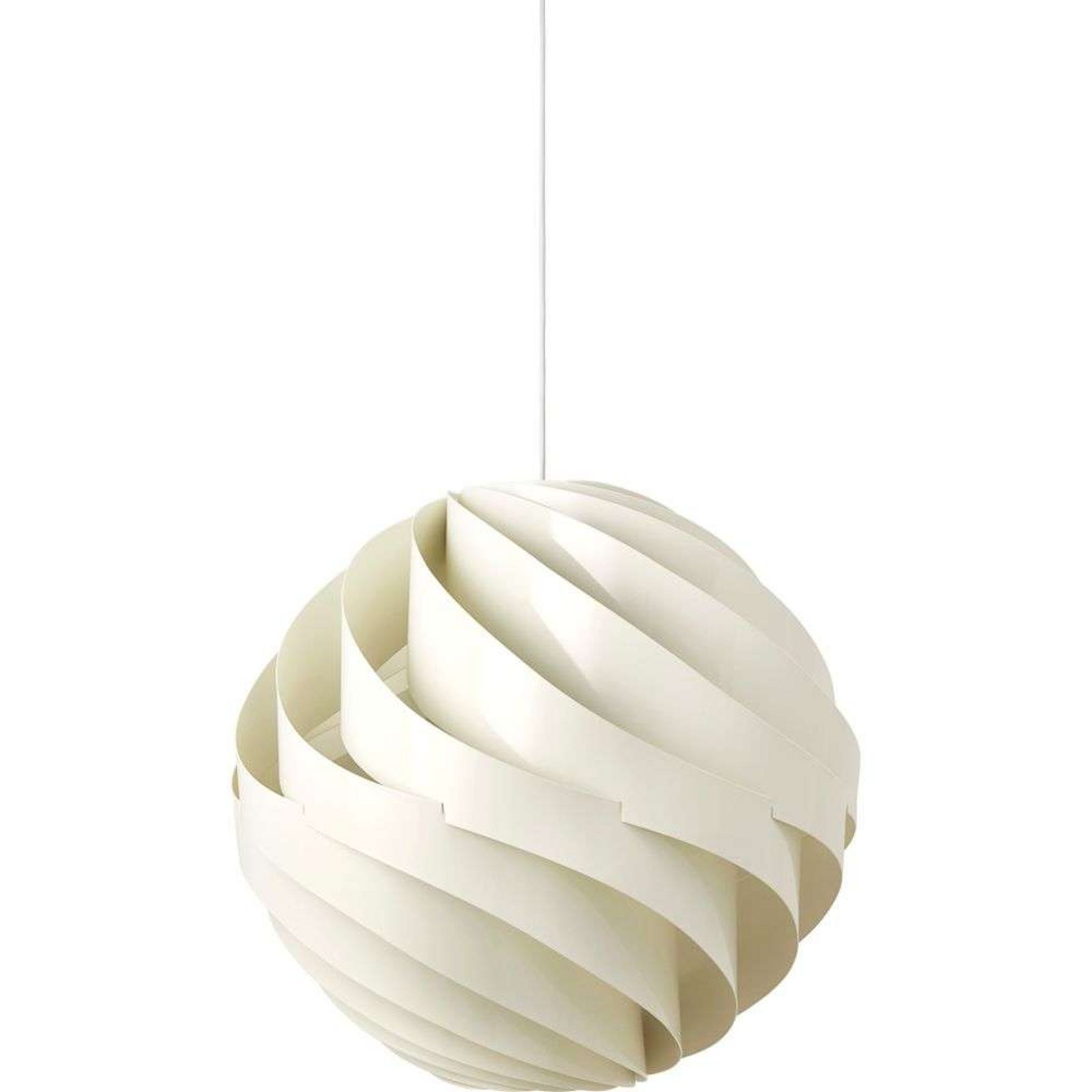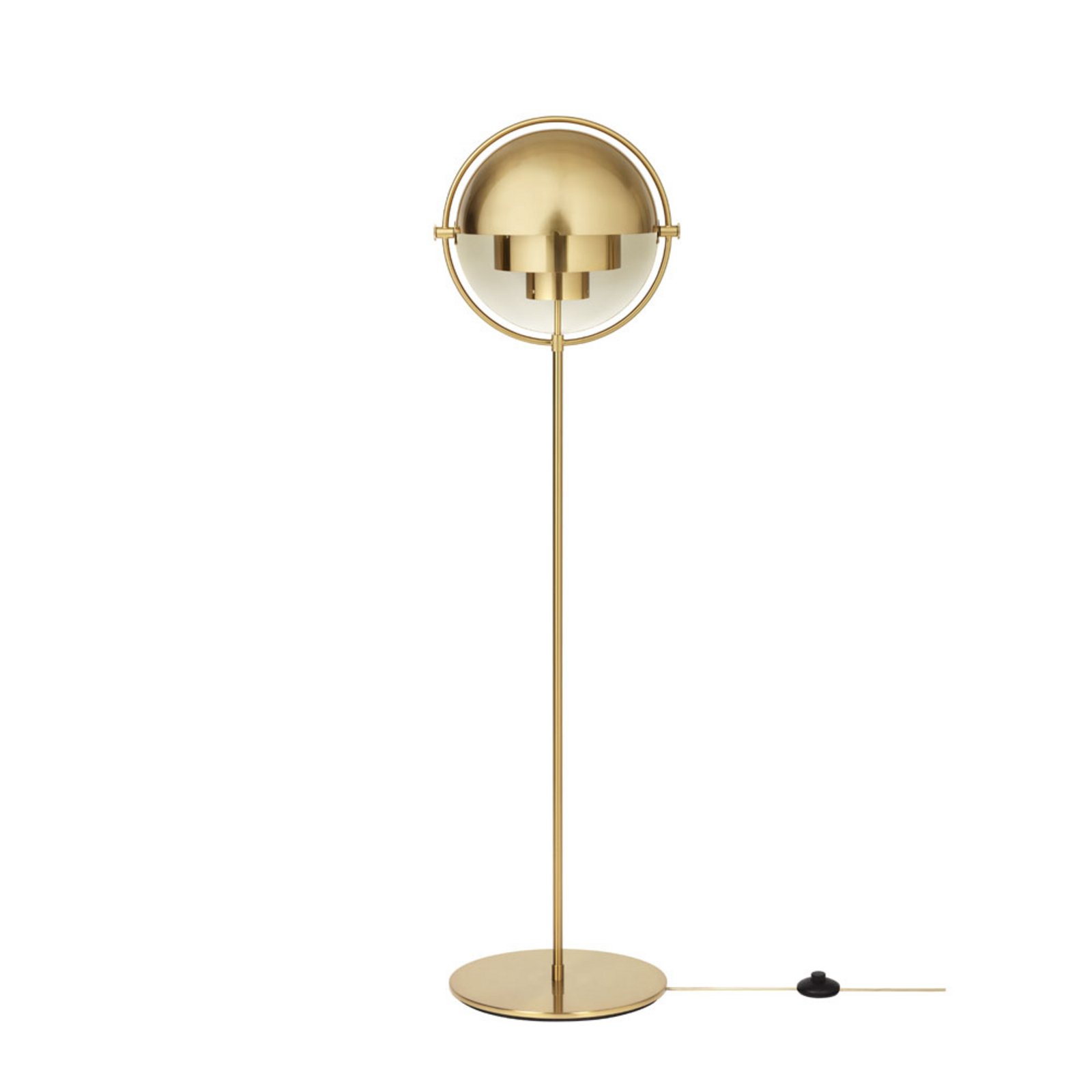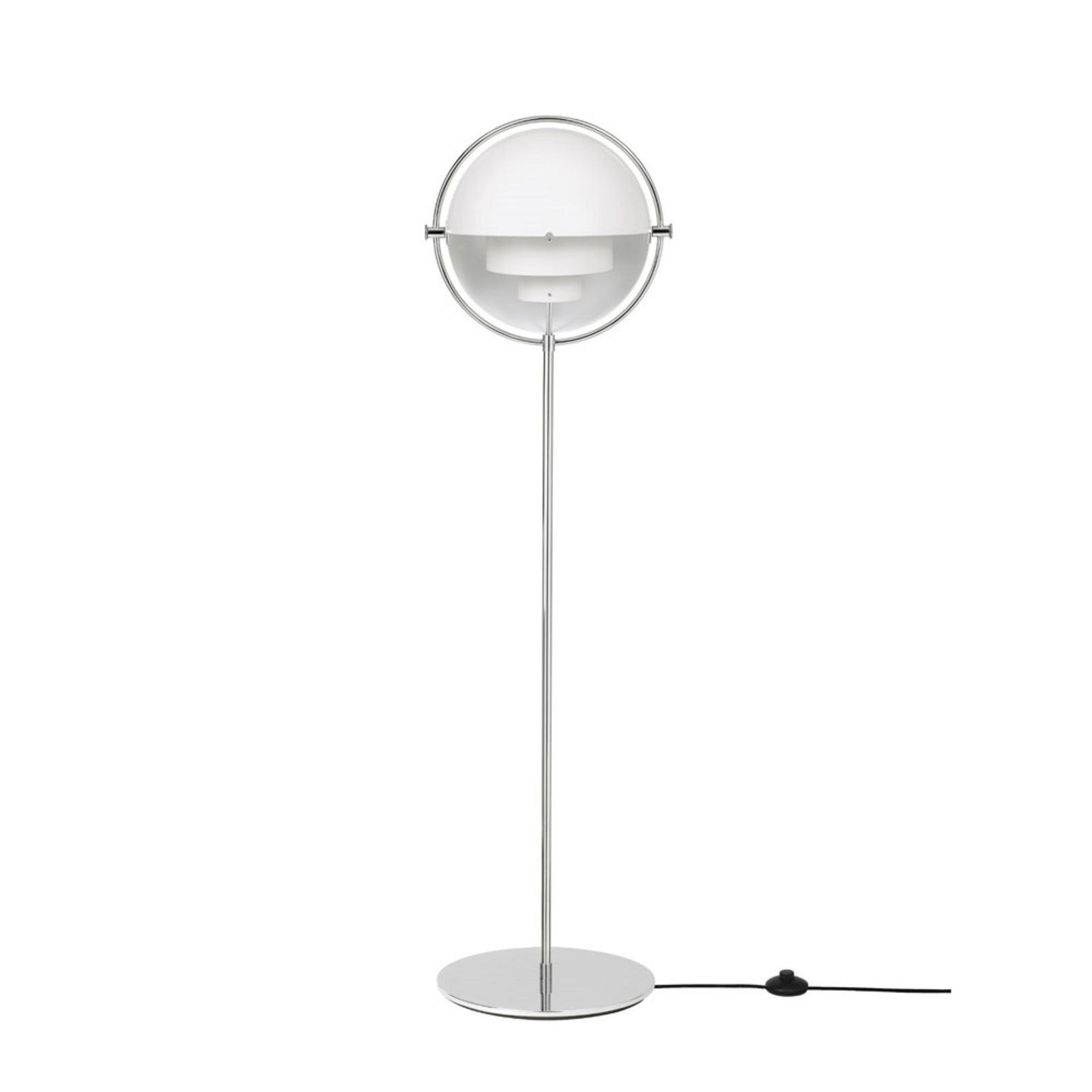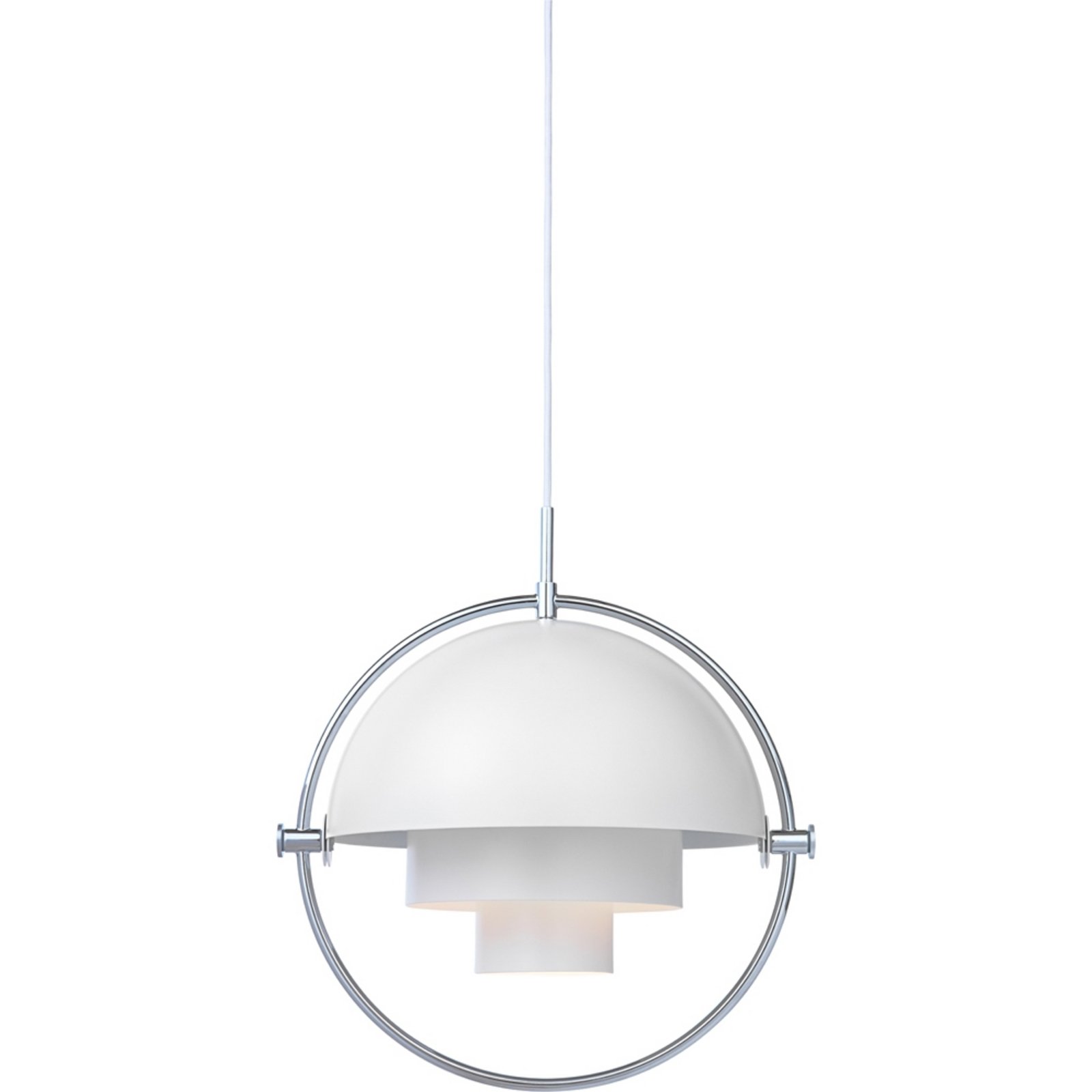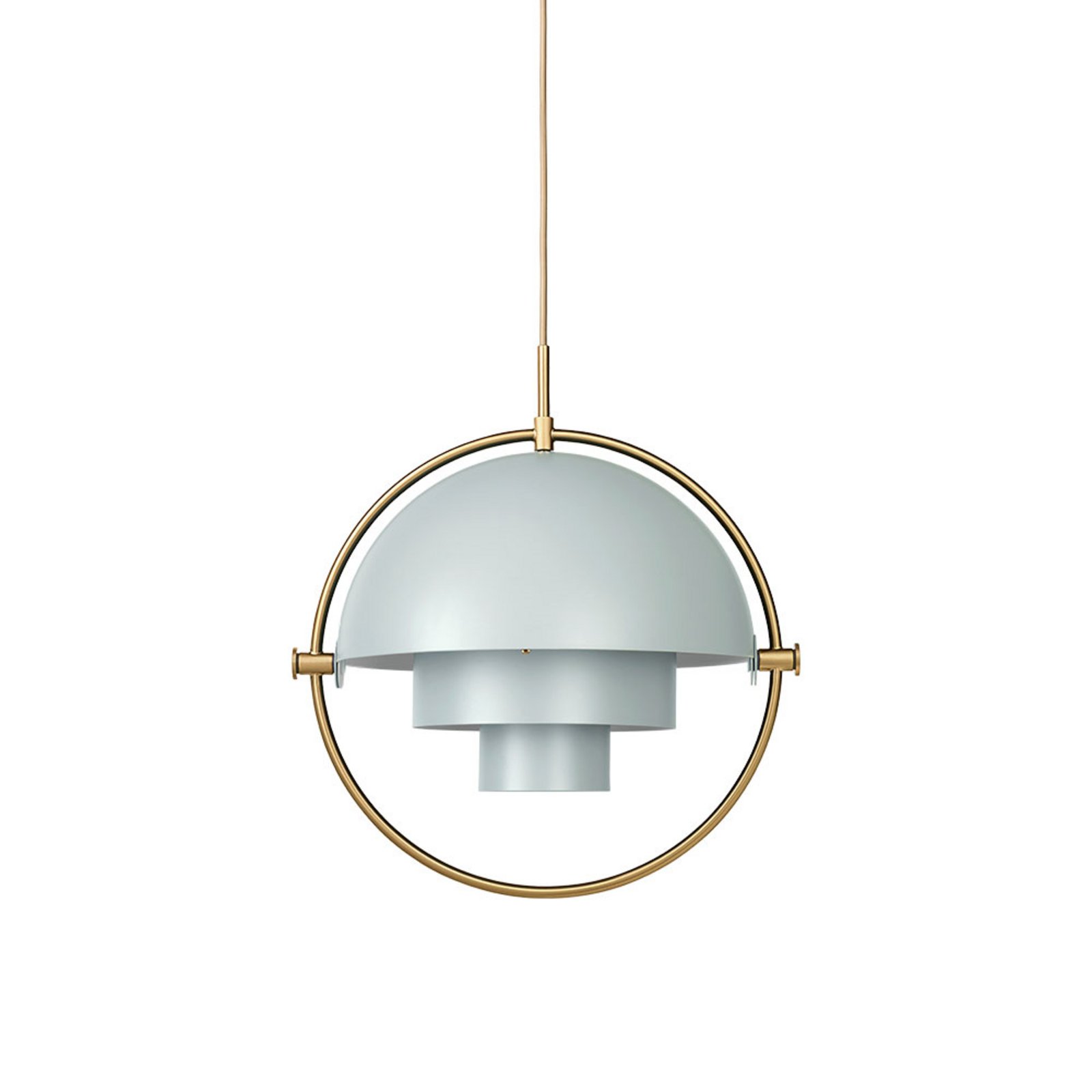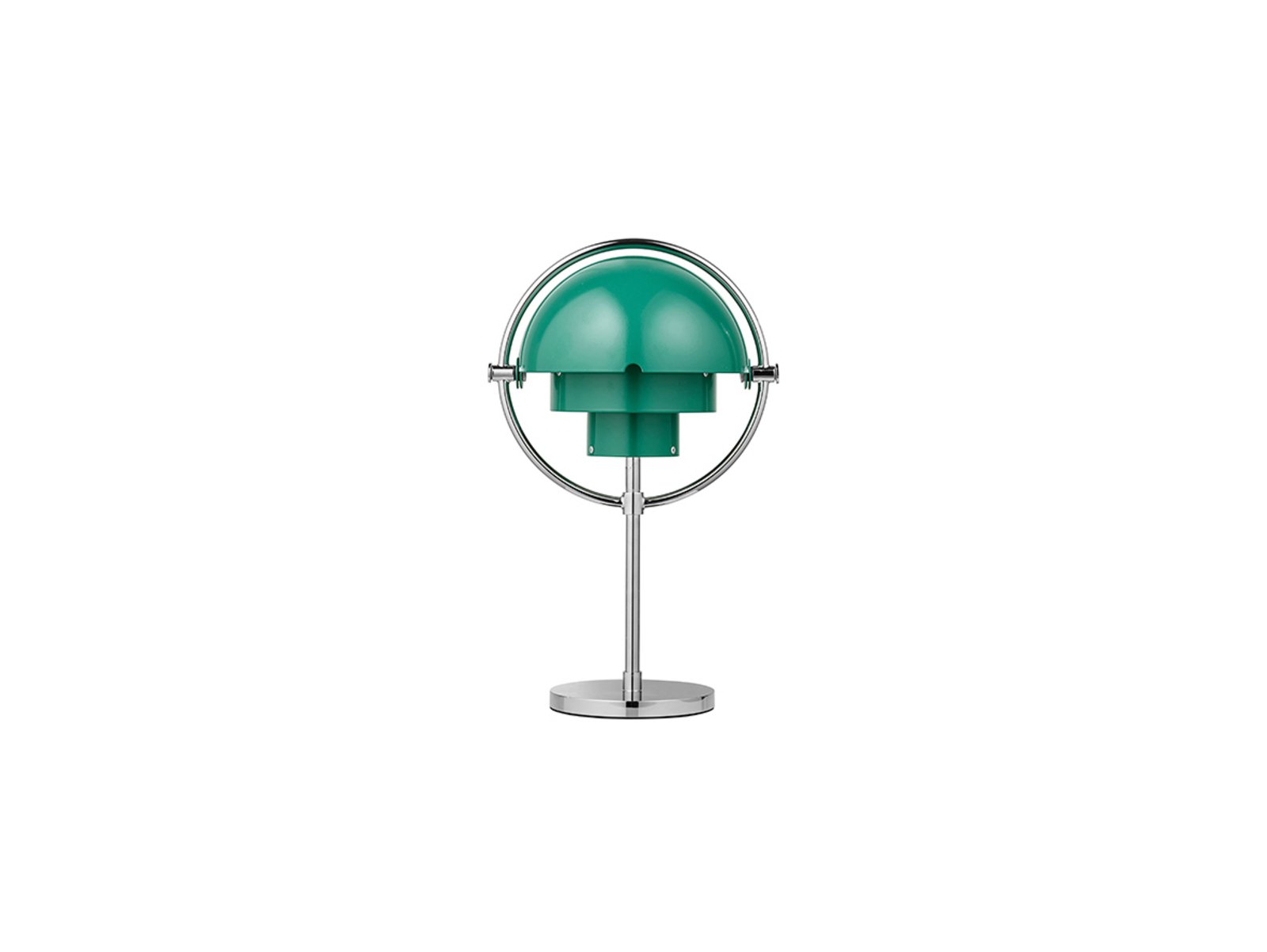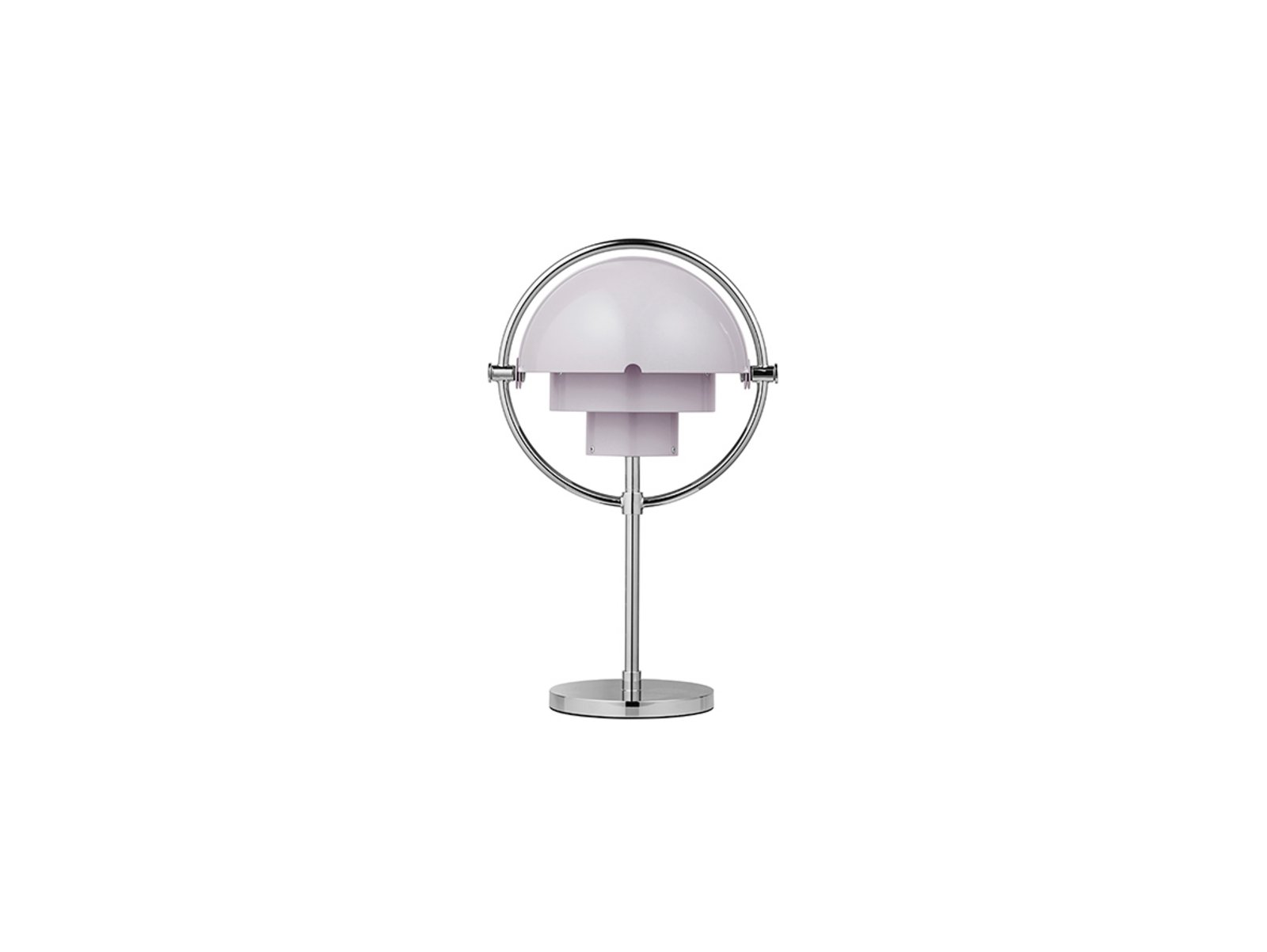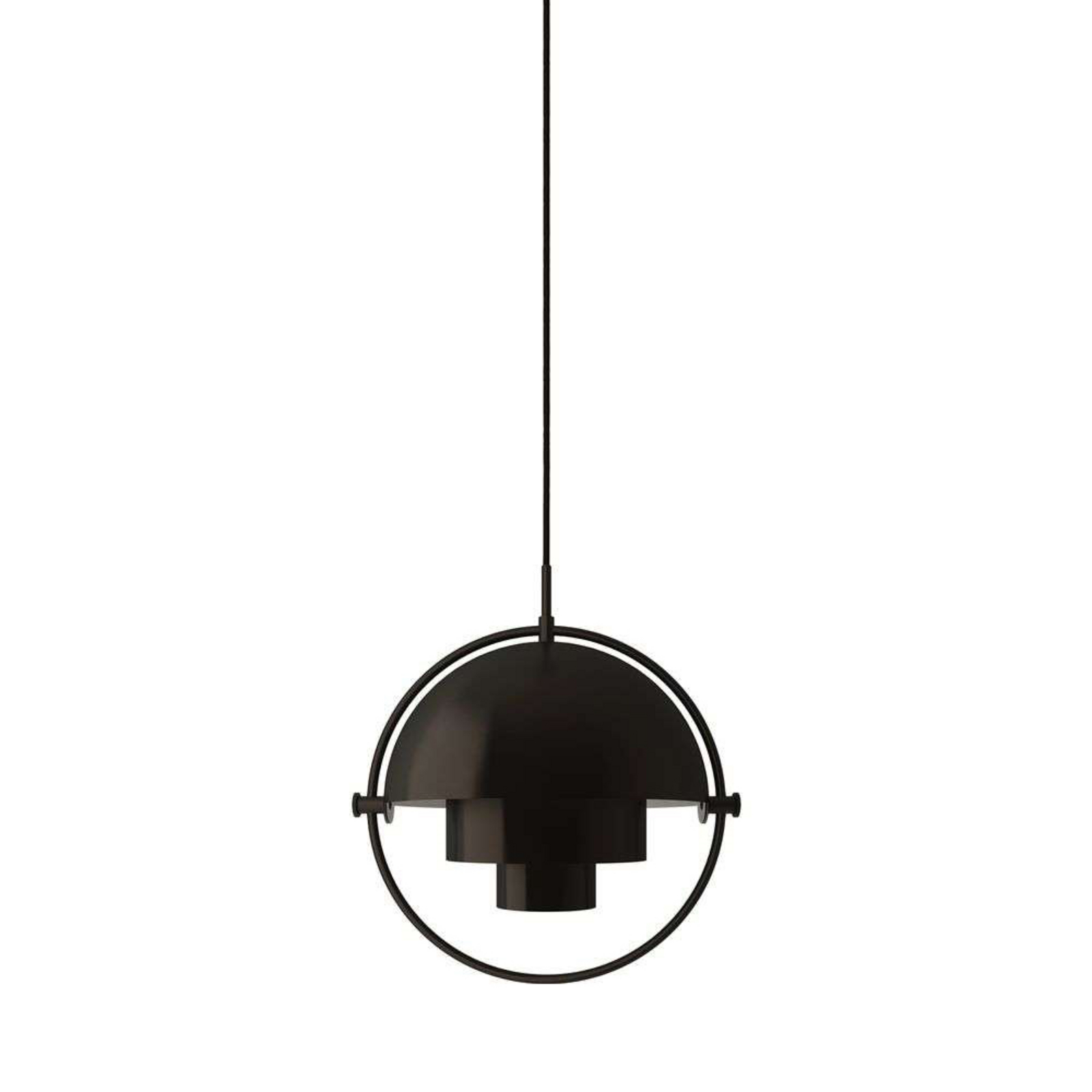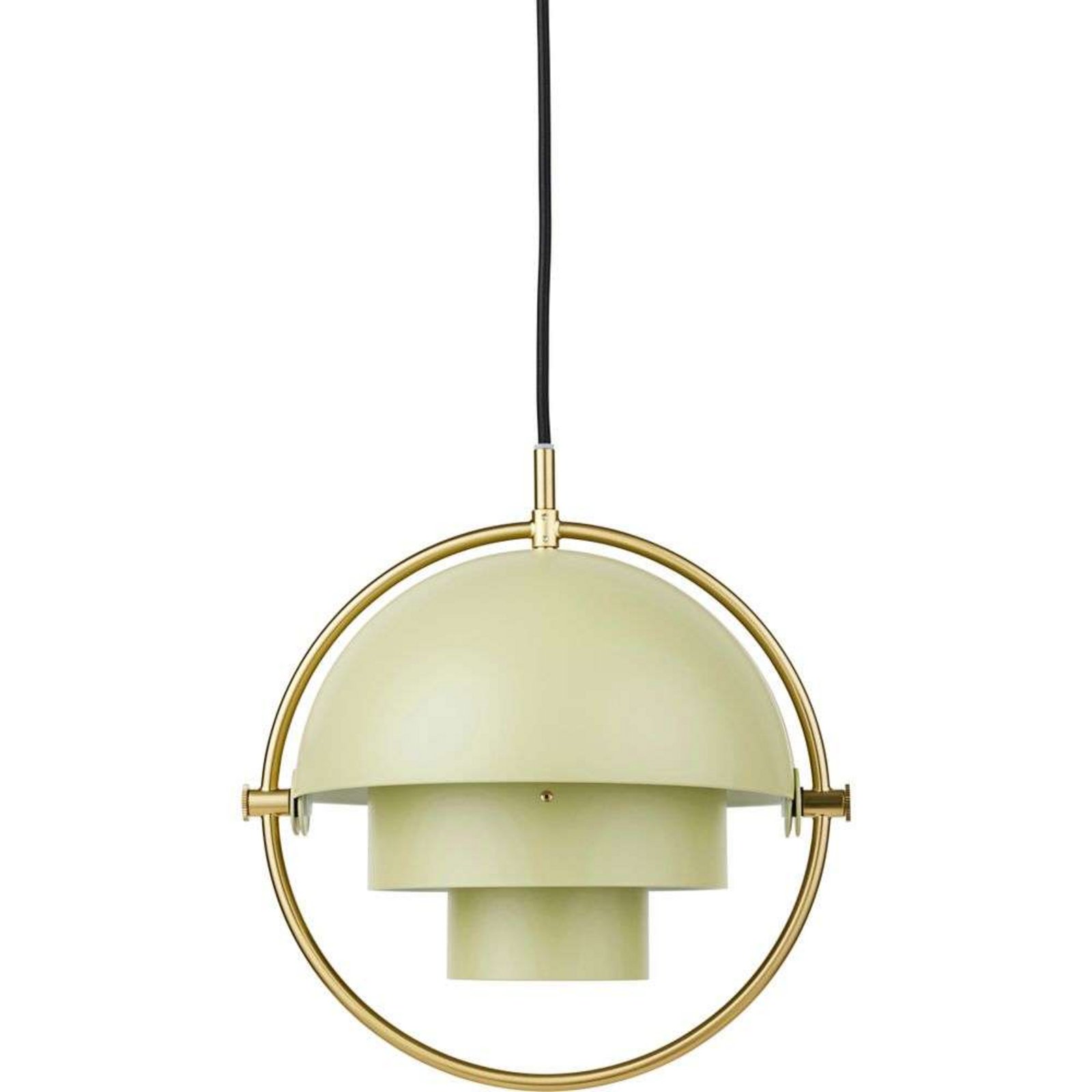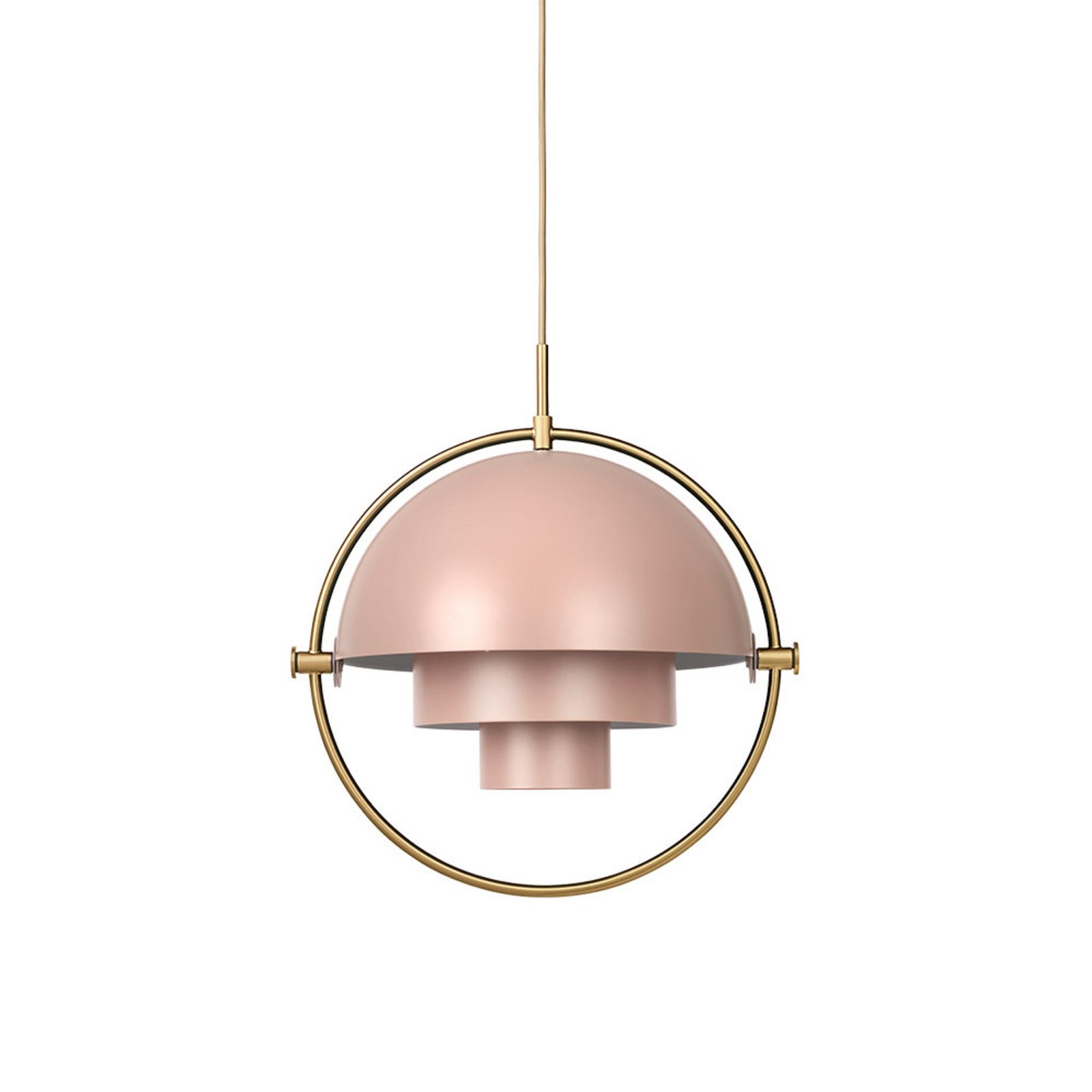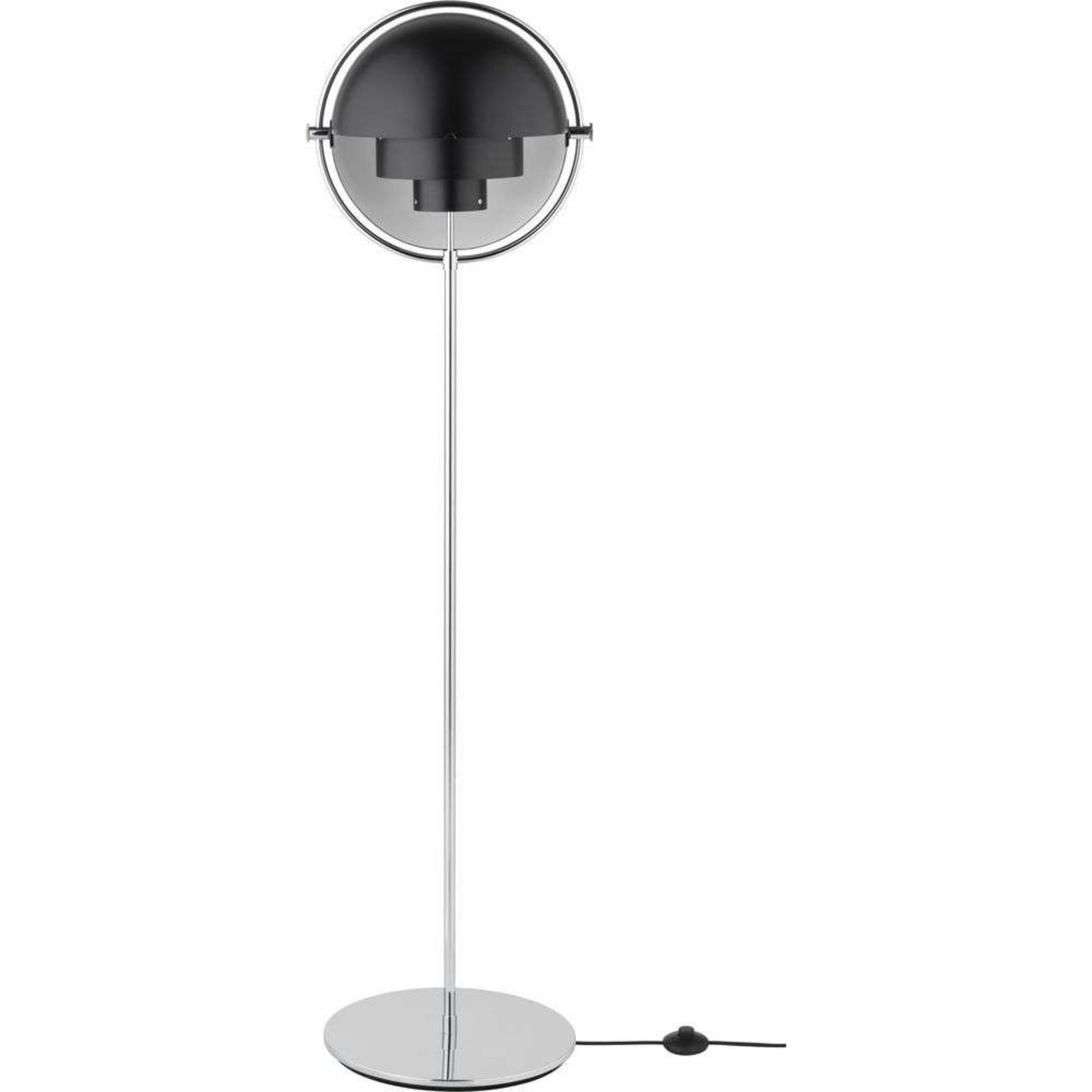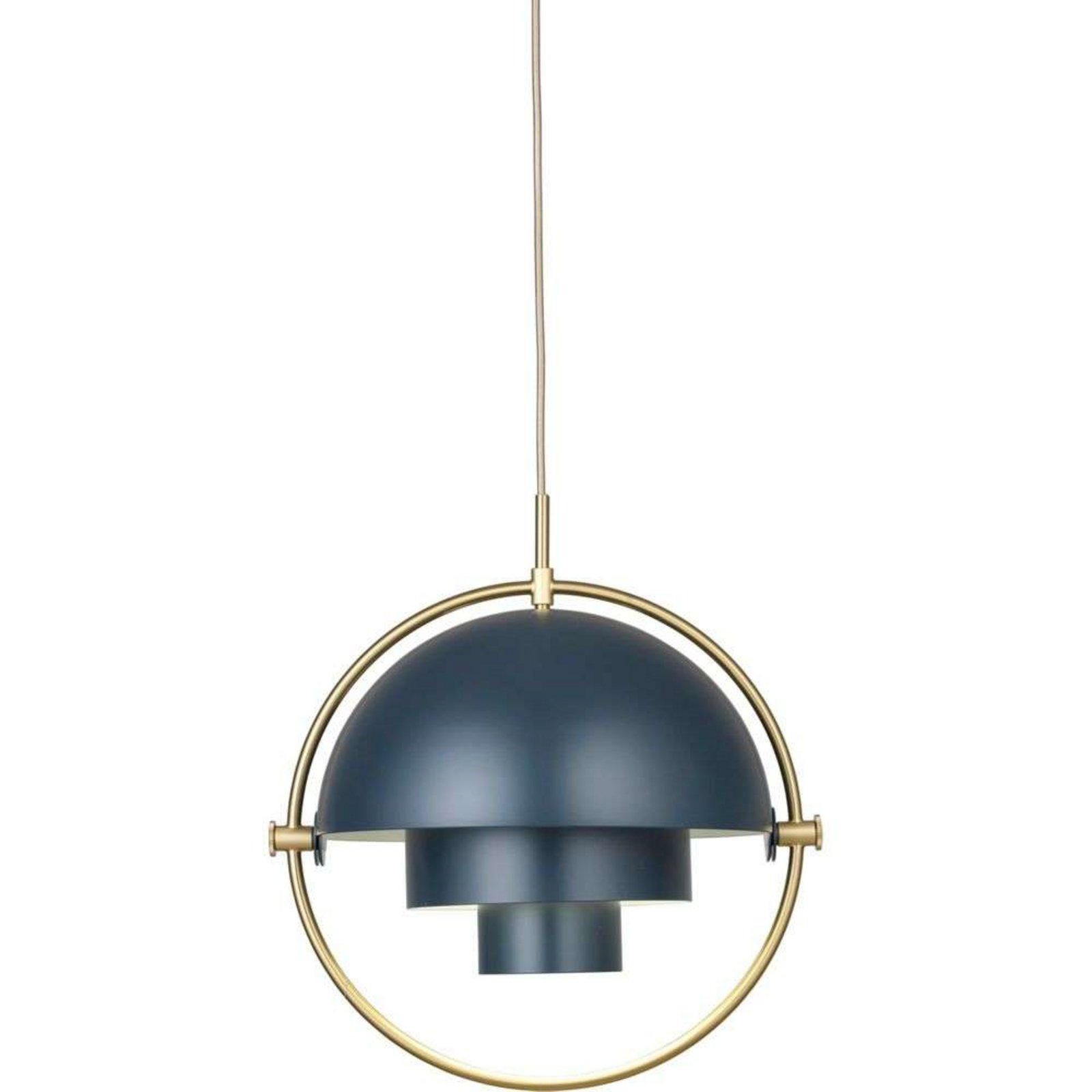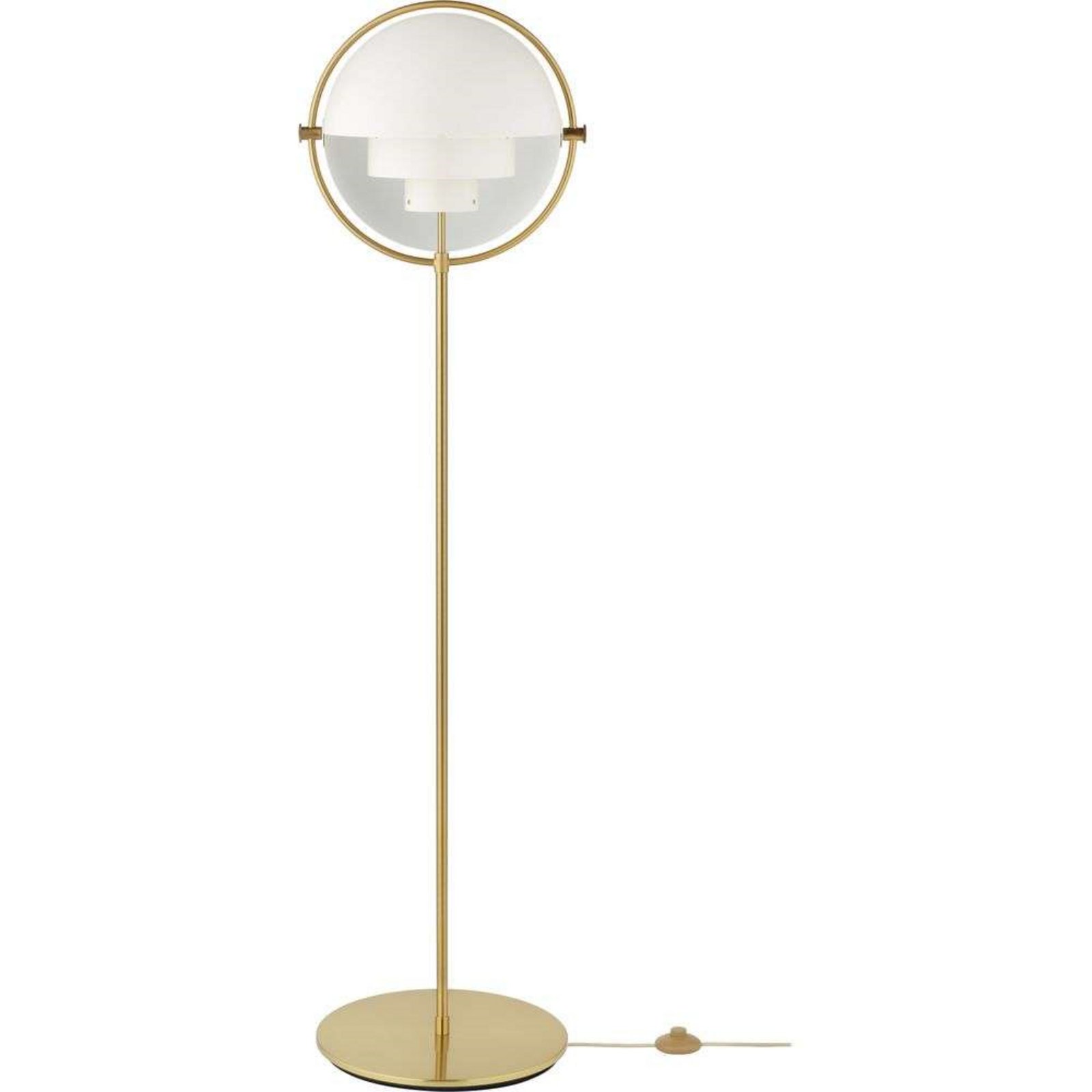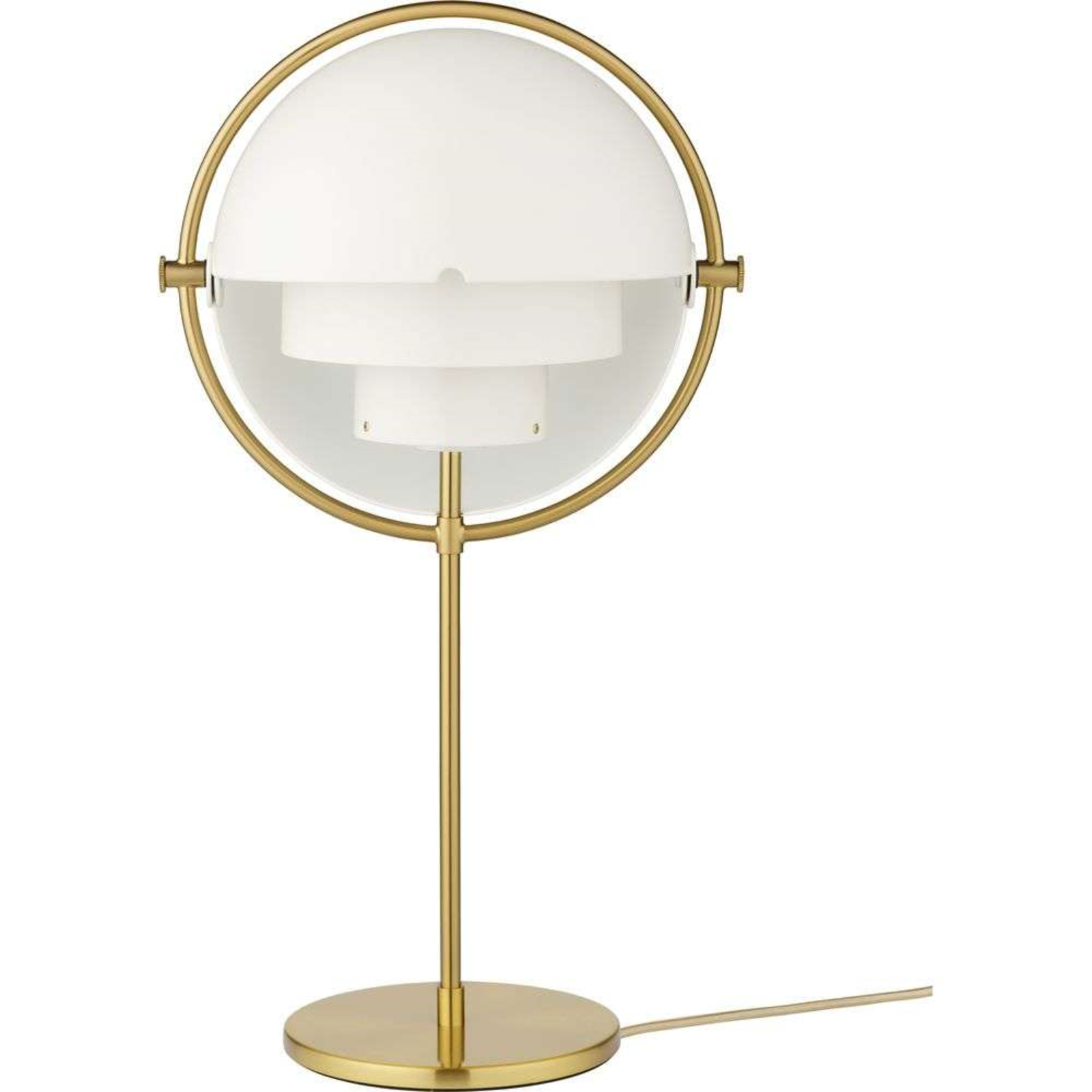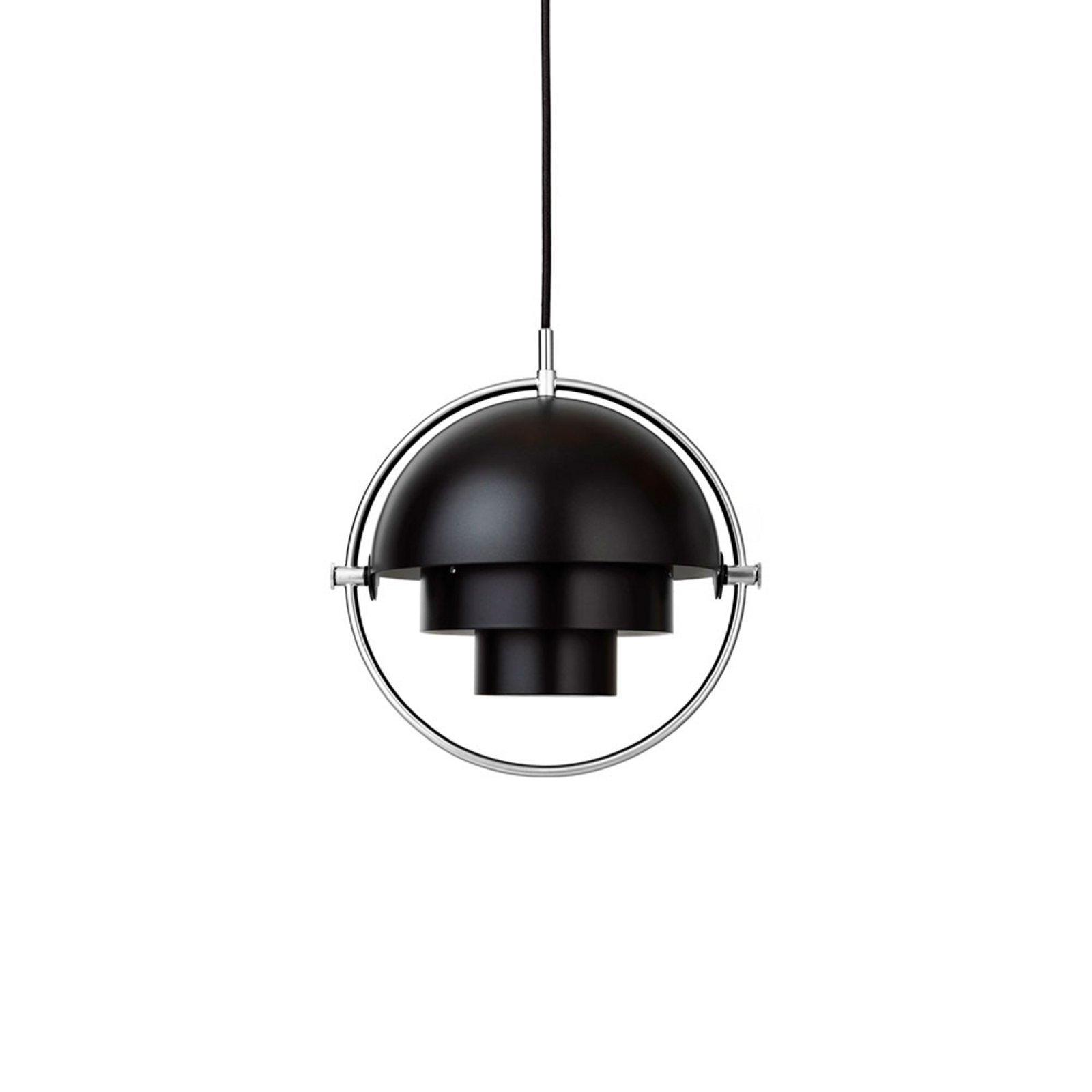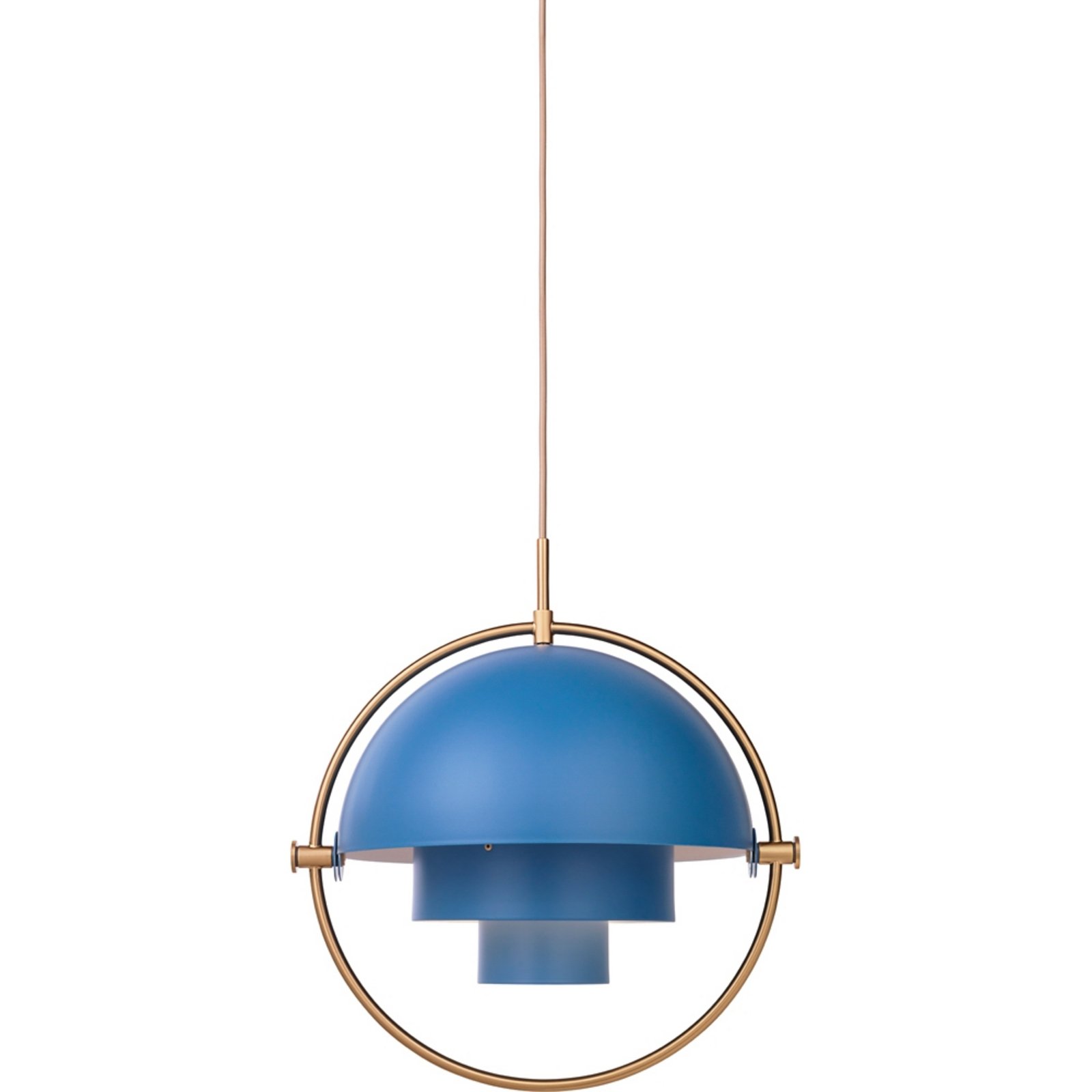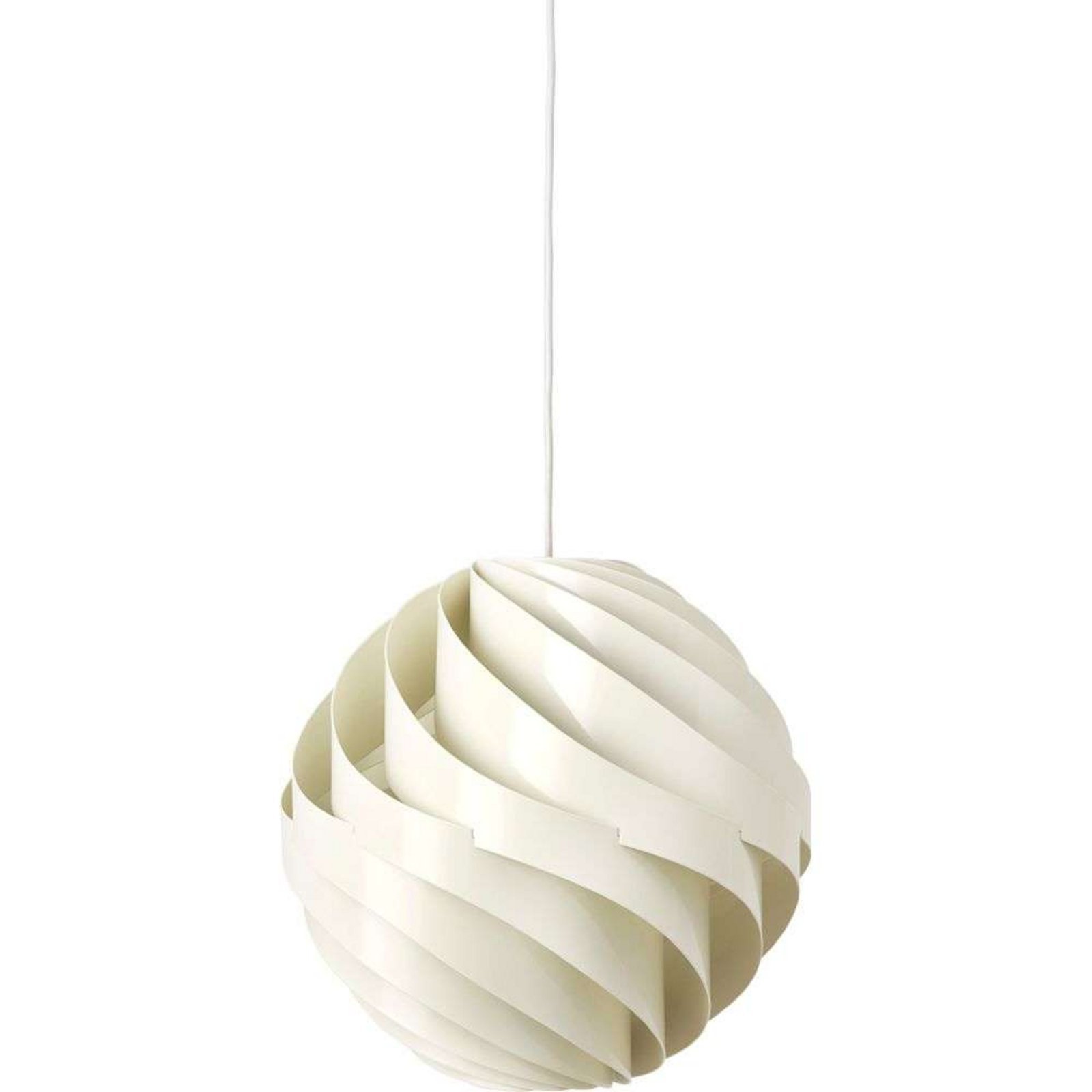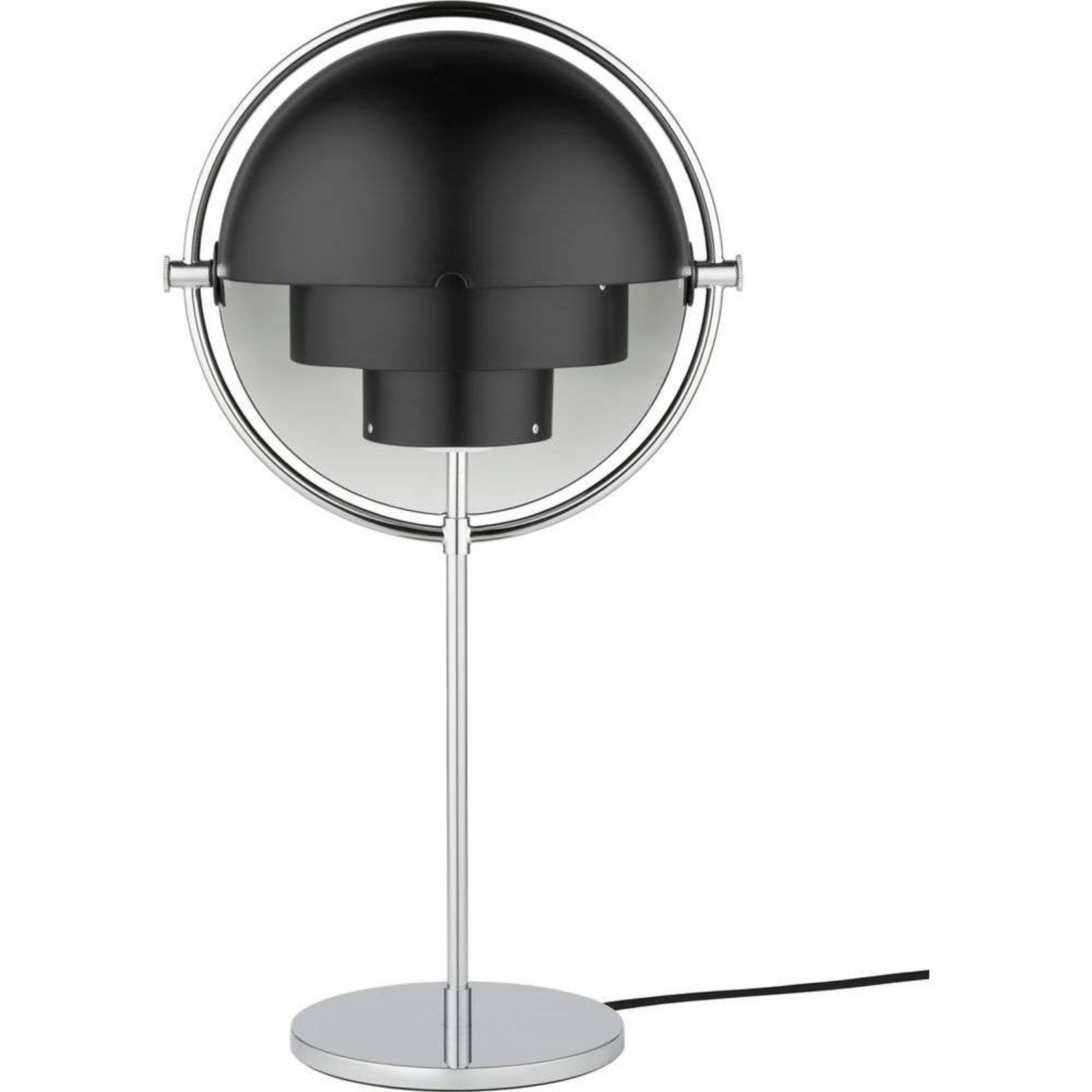- Professional Customer Service
- 100-day return policy
- Free delivery over €99
Louis Weisdorf
Born: March 29, 1932.\ Death: 2021.\ Known works: Konkylie lamp, Facet lamp, Turbo pendant and Multi-Lite lamp.\ Education: Architect and industrial designer.
Danish designer and architect Louis Weisdorf discovered early on that he had a strong sense of form. Combined with his creative and technical understanding of design, he has created several artistic lamp designs. The distinguishing feature of his design lamps is that each lamp is made up of identical elements that together create an artistic pendant that shields the eye from direct light. This is evident in Konkylie from 1967, Facet from 1966 and Turbo from 1967. Other of his designs, including Ekko and Facet, as well as Delfinen and Tulipanen, have previously been produced by Danish lighting companies LYFA and LE KLINT. One of his most popular designs, the Multi-Lite pendant, was created in 1972. Since fall 2016, Danish lighting manufacturer GUBI has produced the lamp in close collaboration with Louis Weisdorf.
In his early career, he worked with renowned Danish architects such as Poul Henningsen and Verner Panton. He was also employed at Tivoli's design studio for more than ten years under the direction of Poul Henningsen's son, Søren Henningsen. He has made his mark on Restaurant Perlen and the outdoor stage Plænen. Louis Weisdorf became an independent architect in 1967 with his own studio on Gammel Strand in Copenhagen, where he shared premises with Verner Panton's youngest brother, Ole Panton. Among other things, he has designed the former ticket office for the Garden and Canal Tour. Today, his architectural studio is located in Fuglebjerg near Vinstrup.
:format(jpeg))
